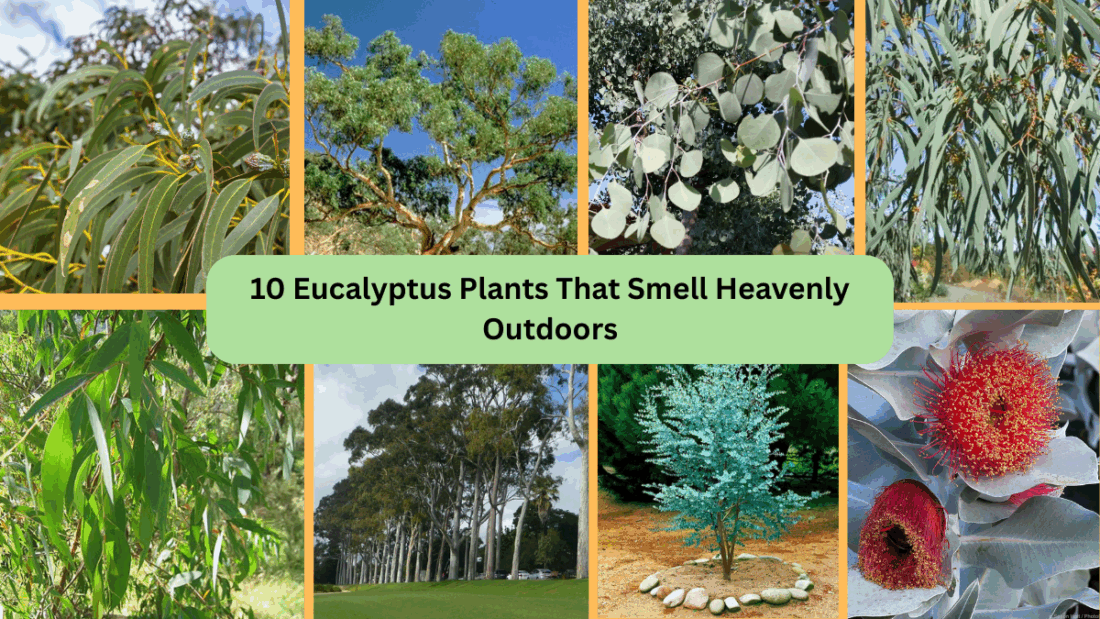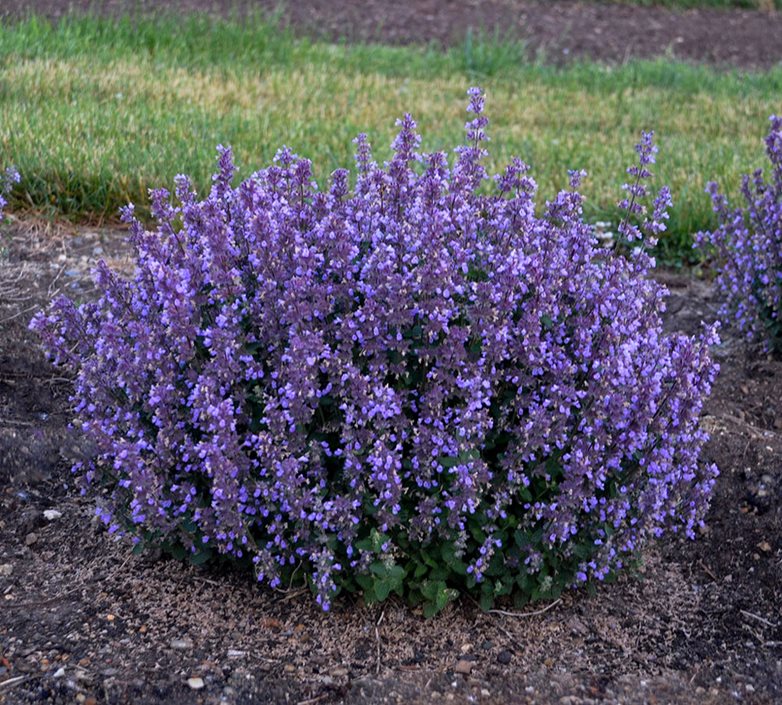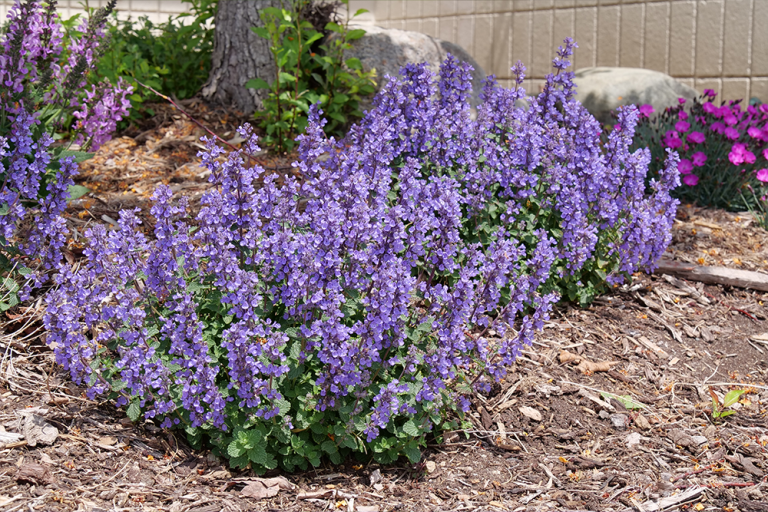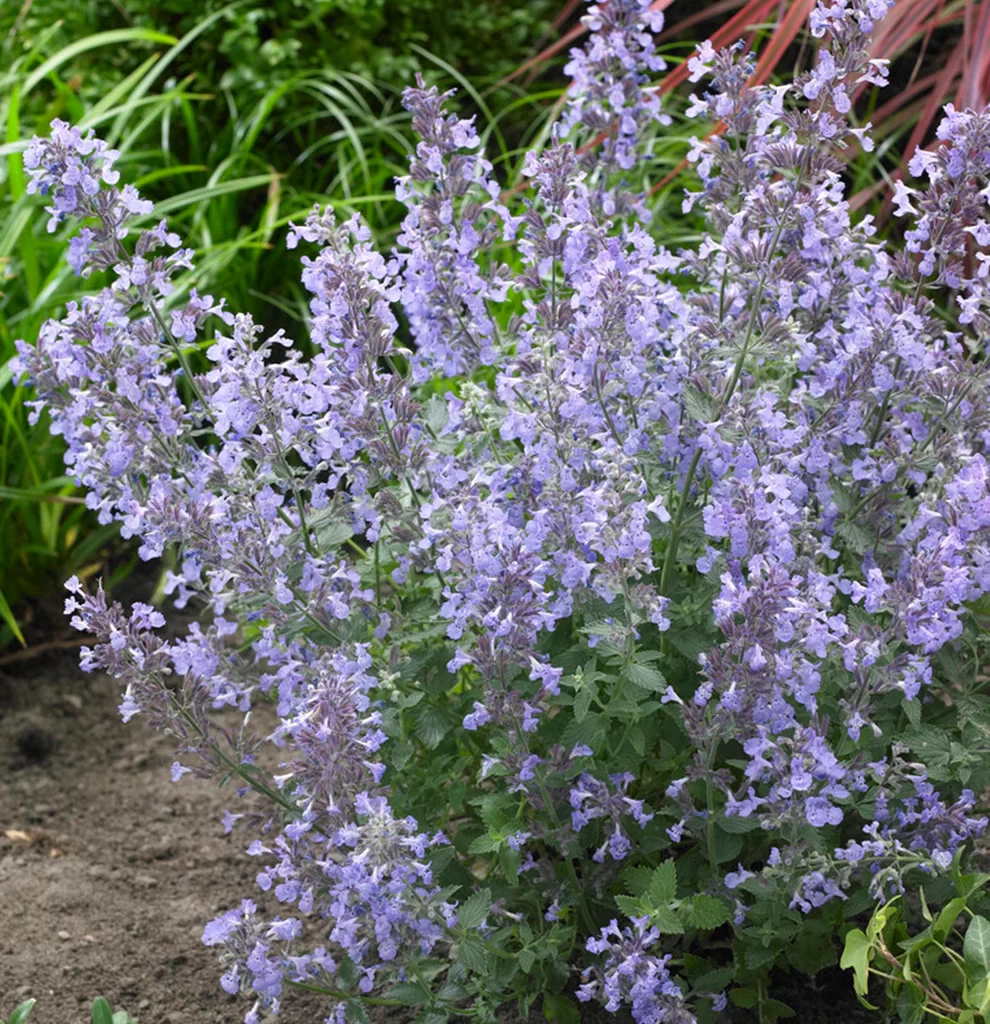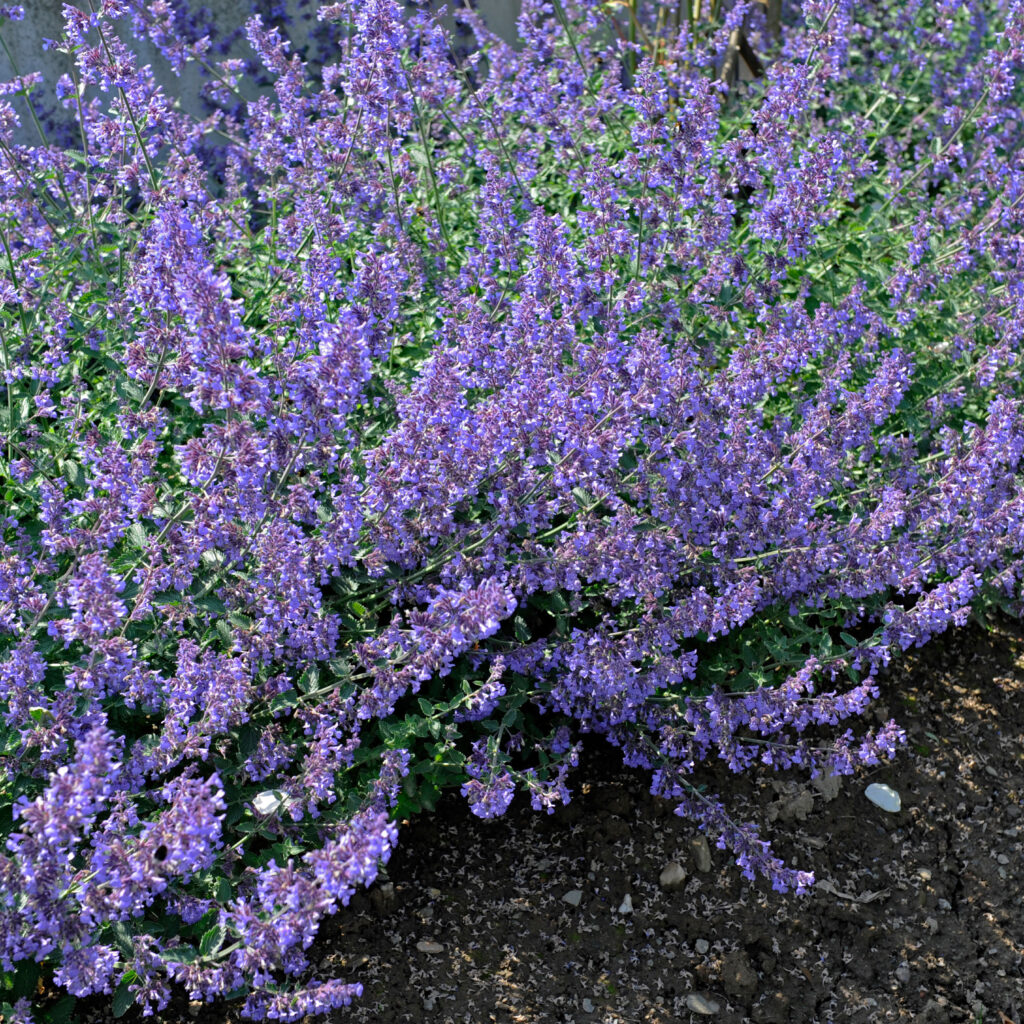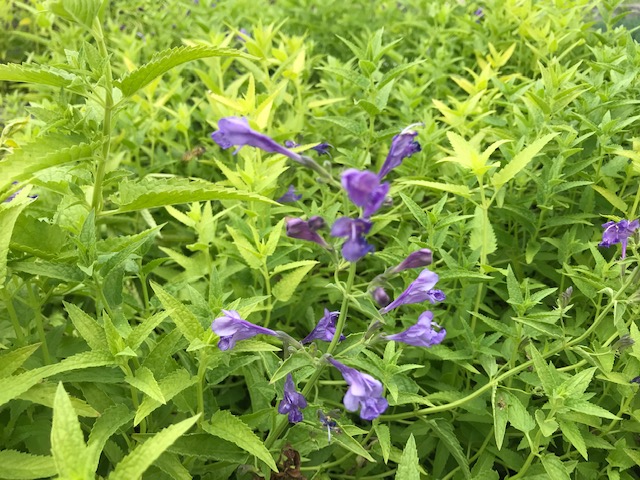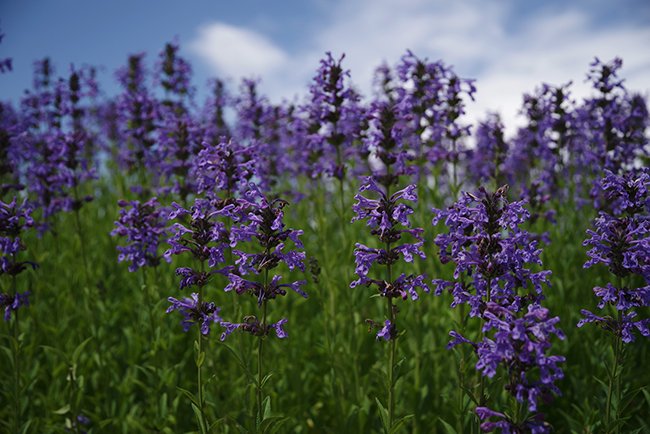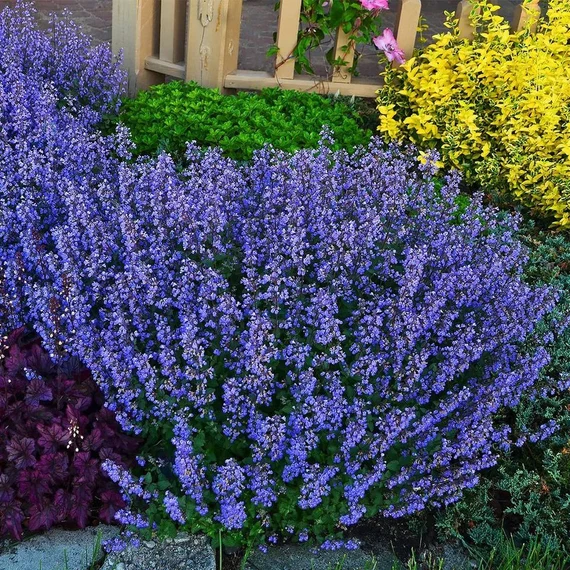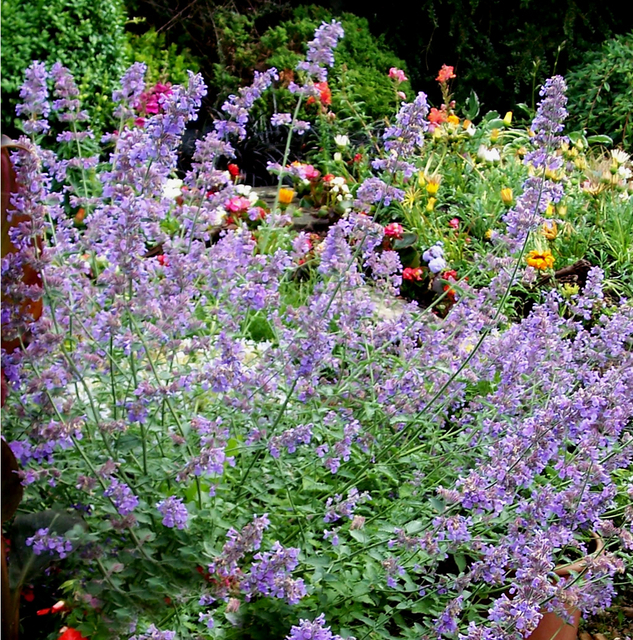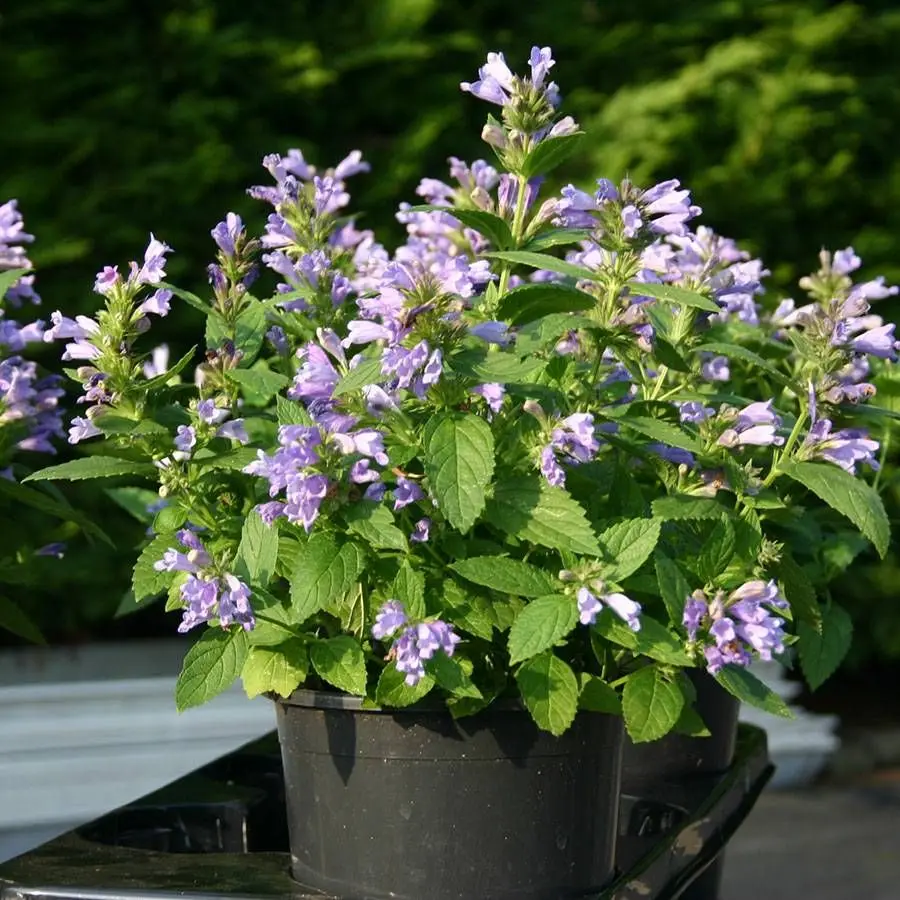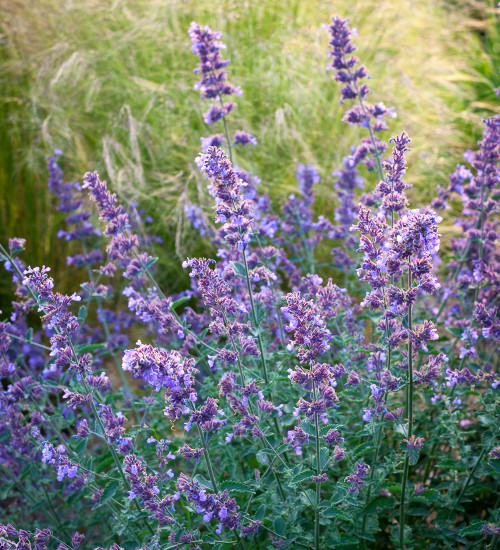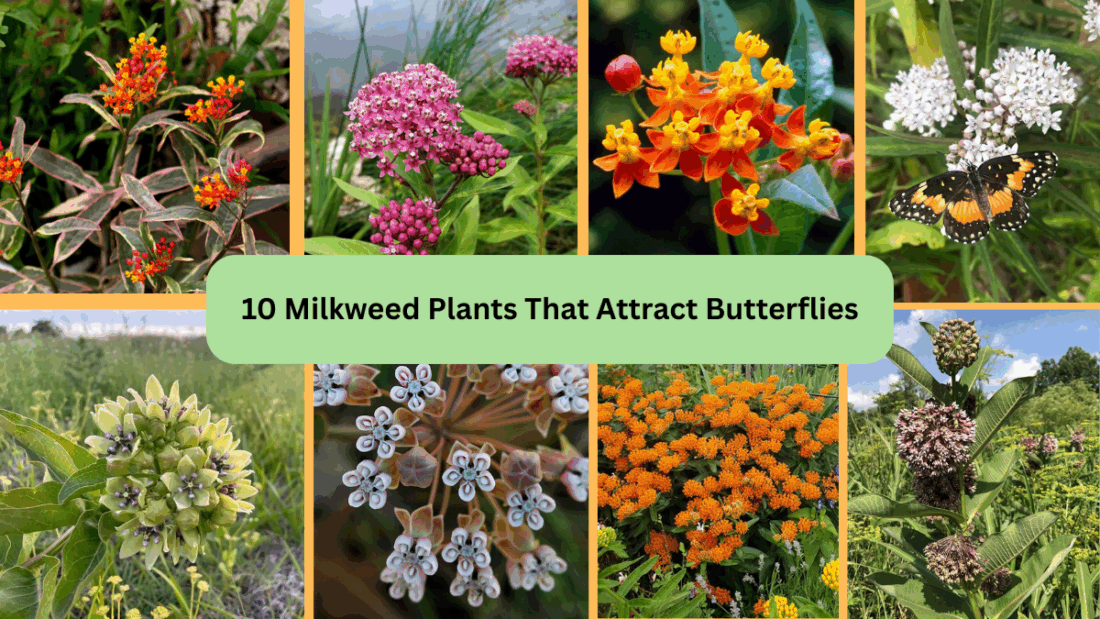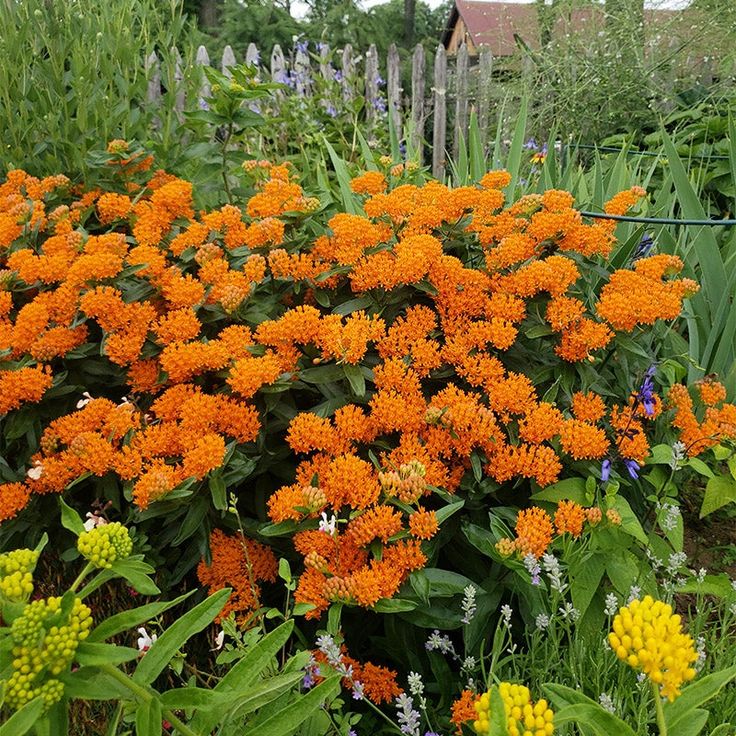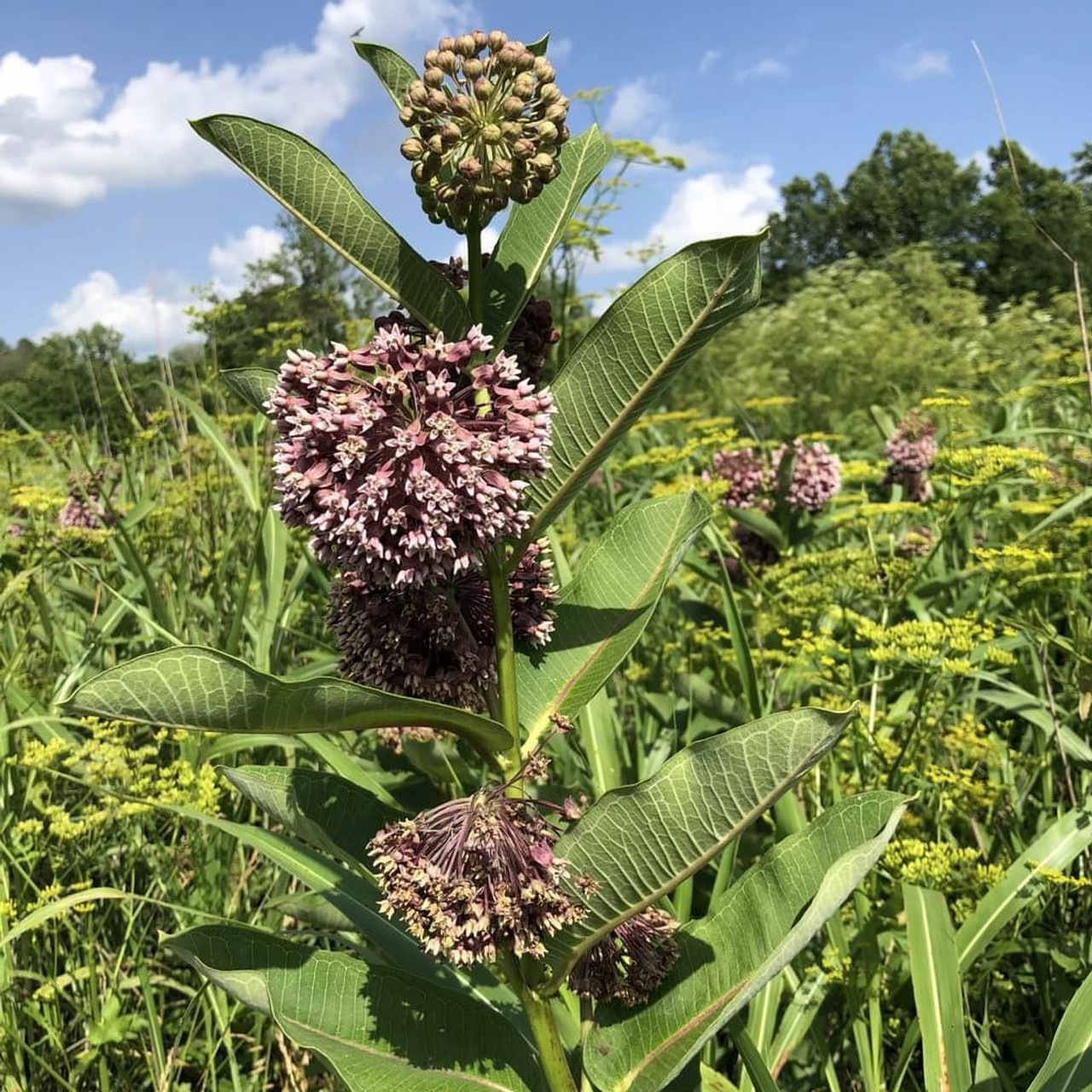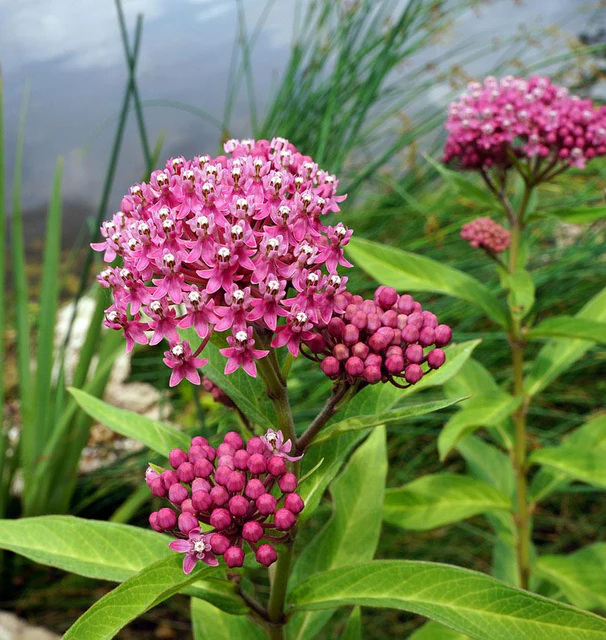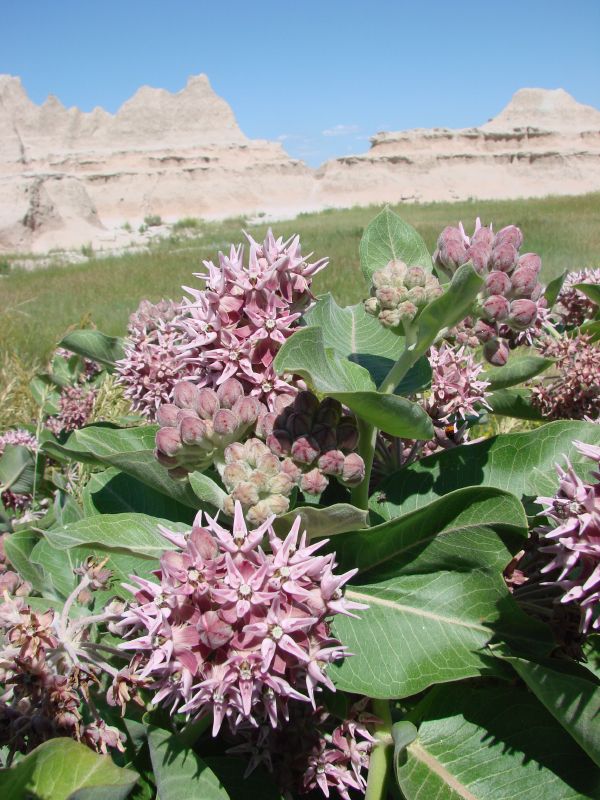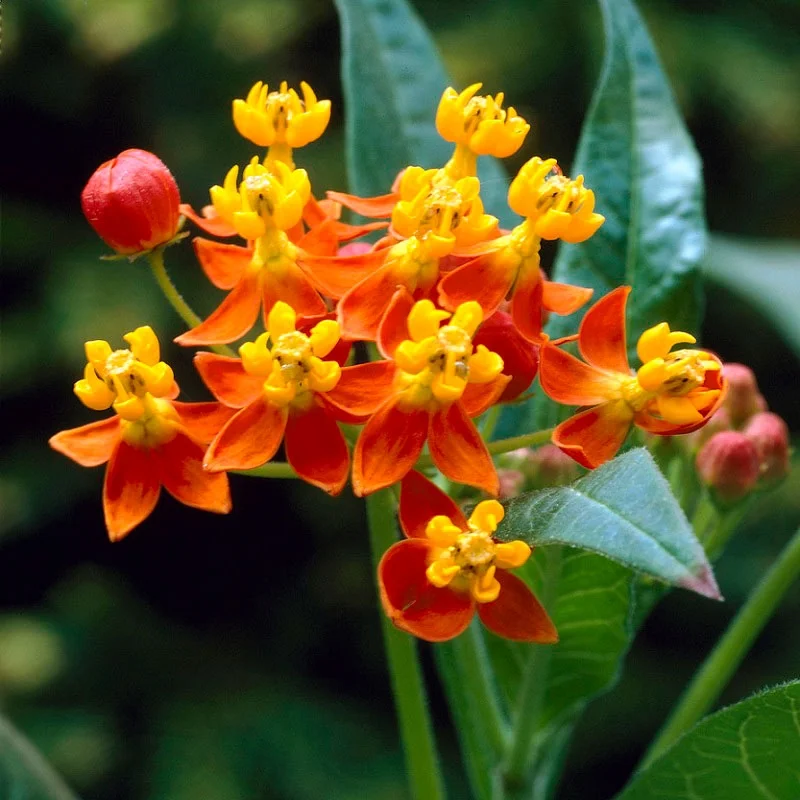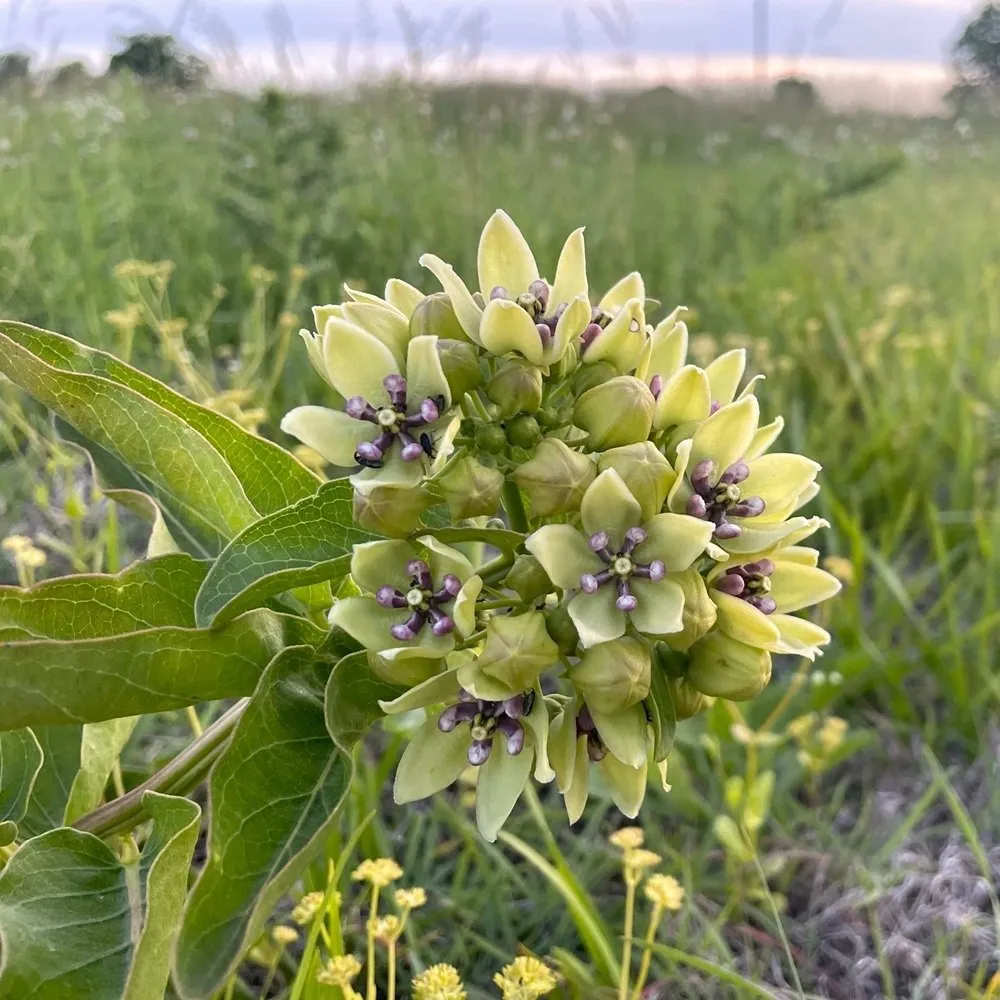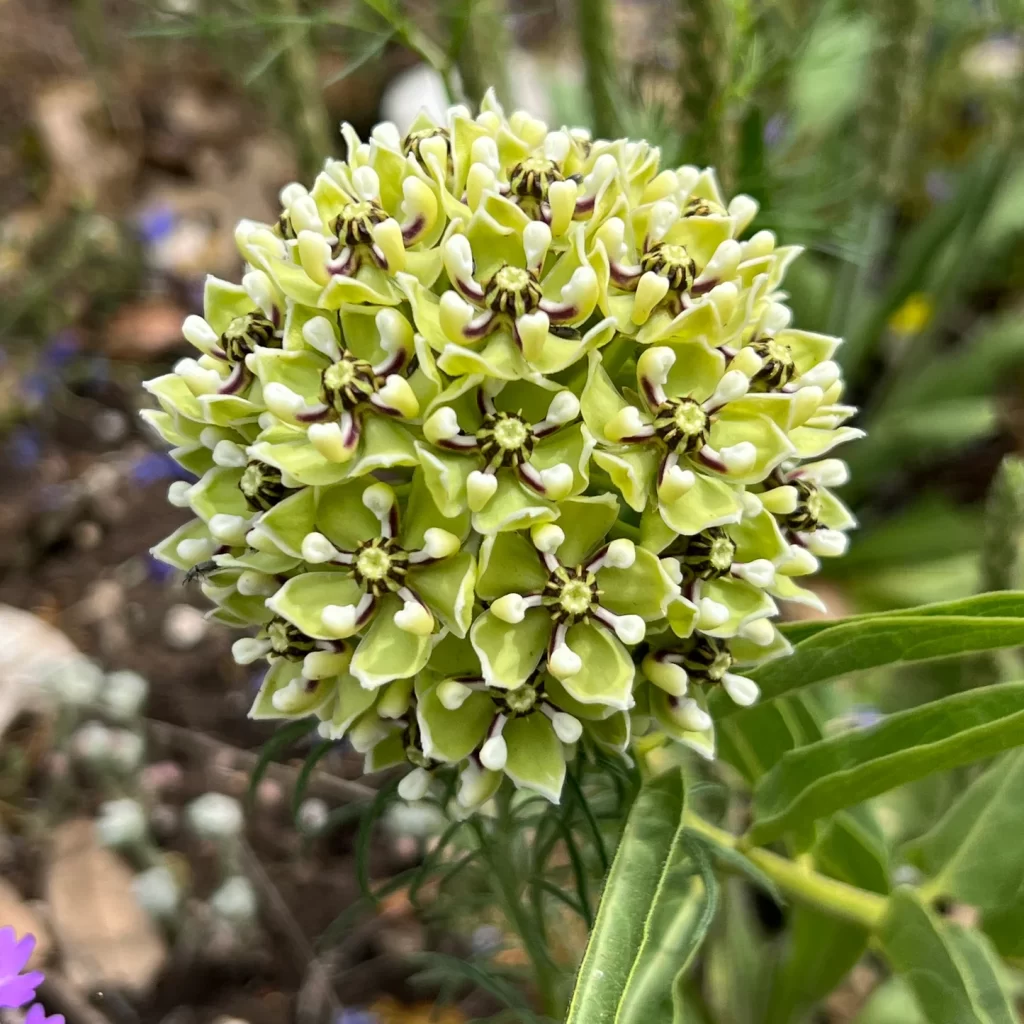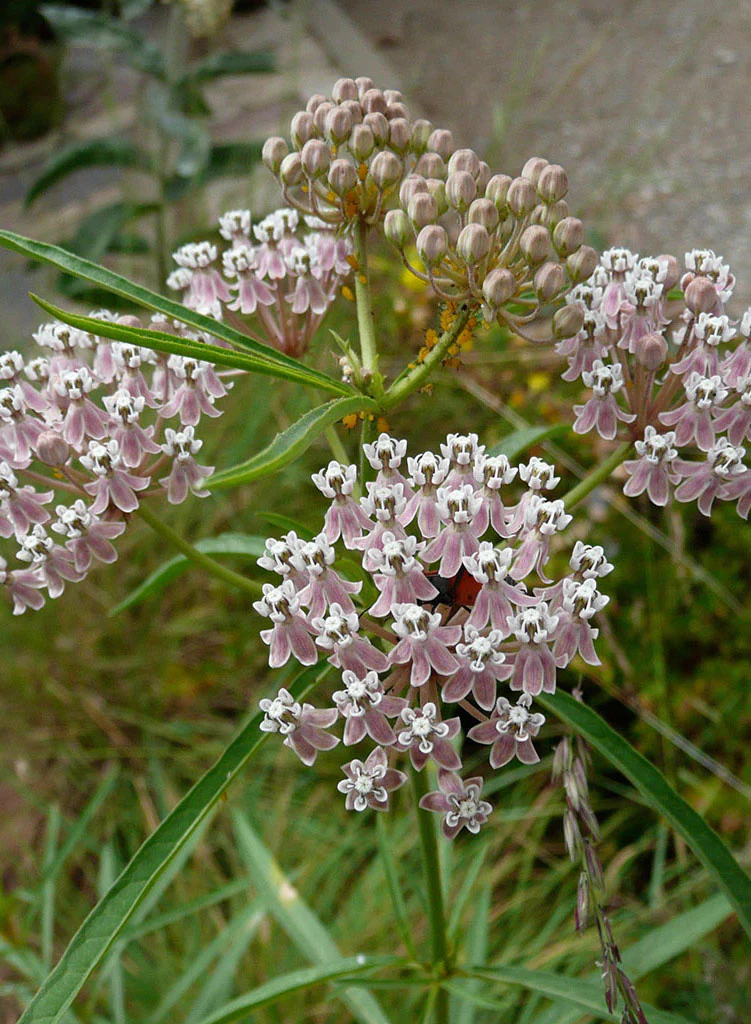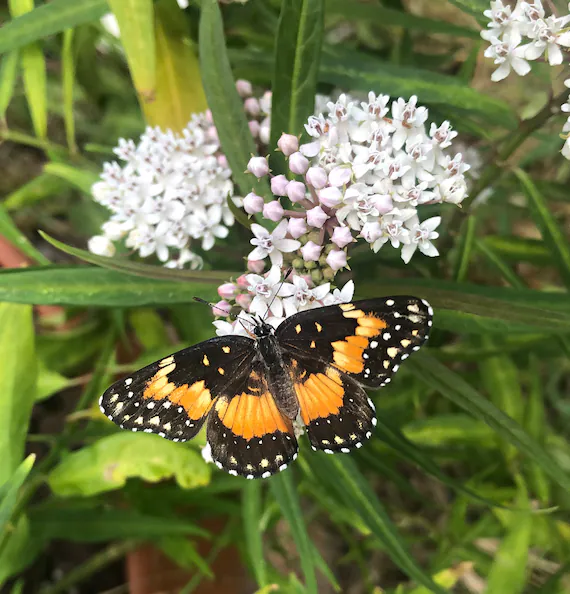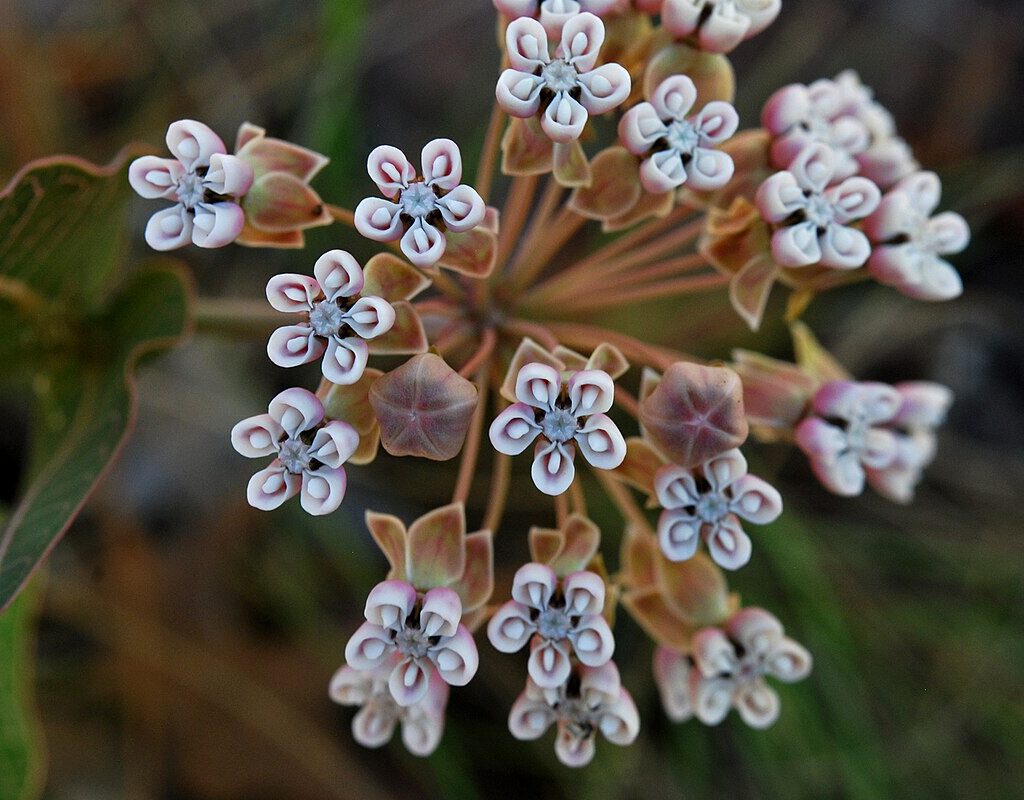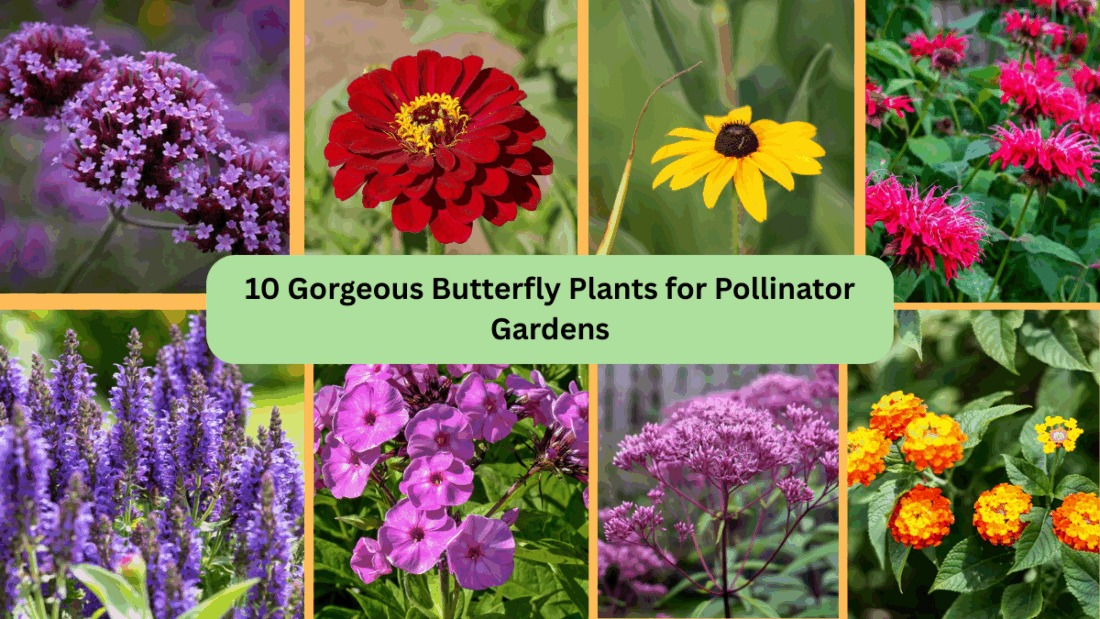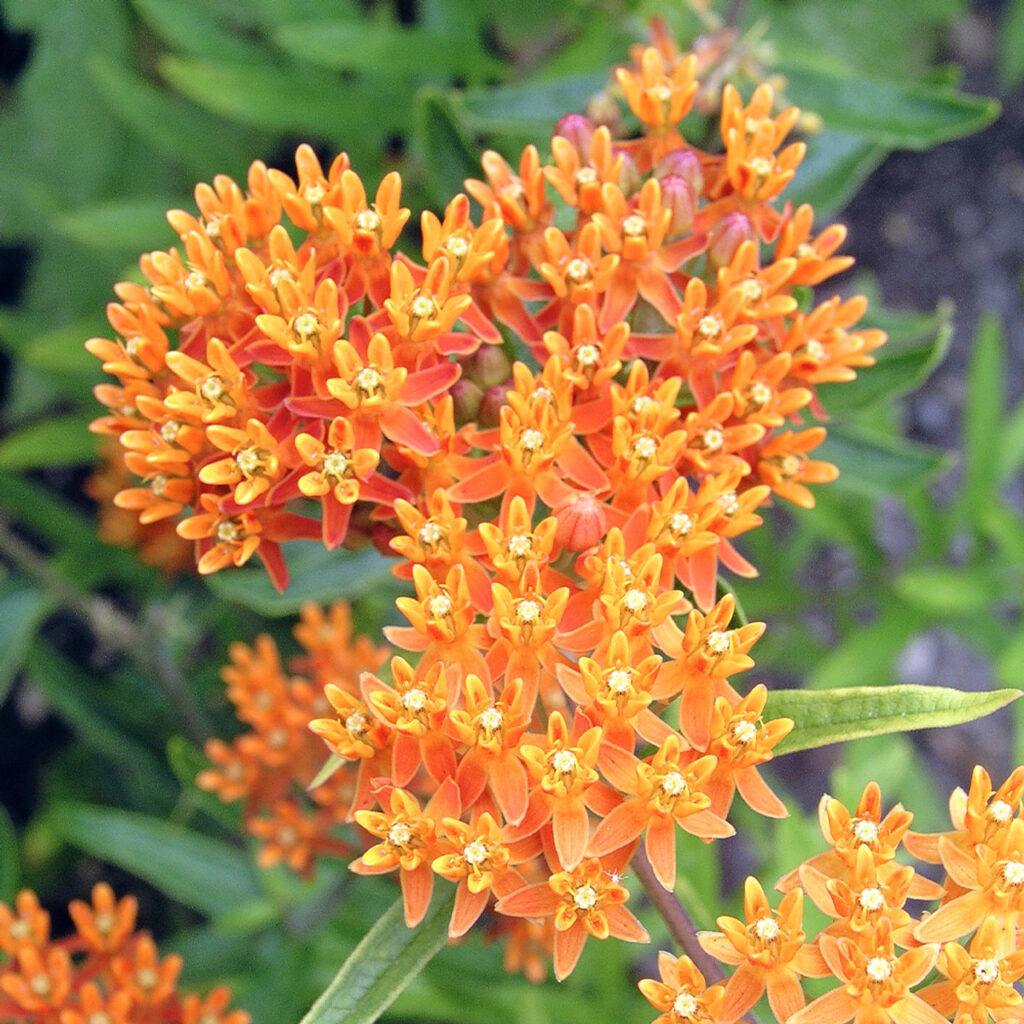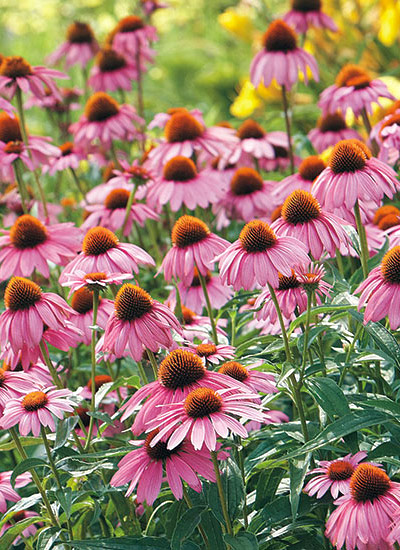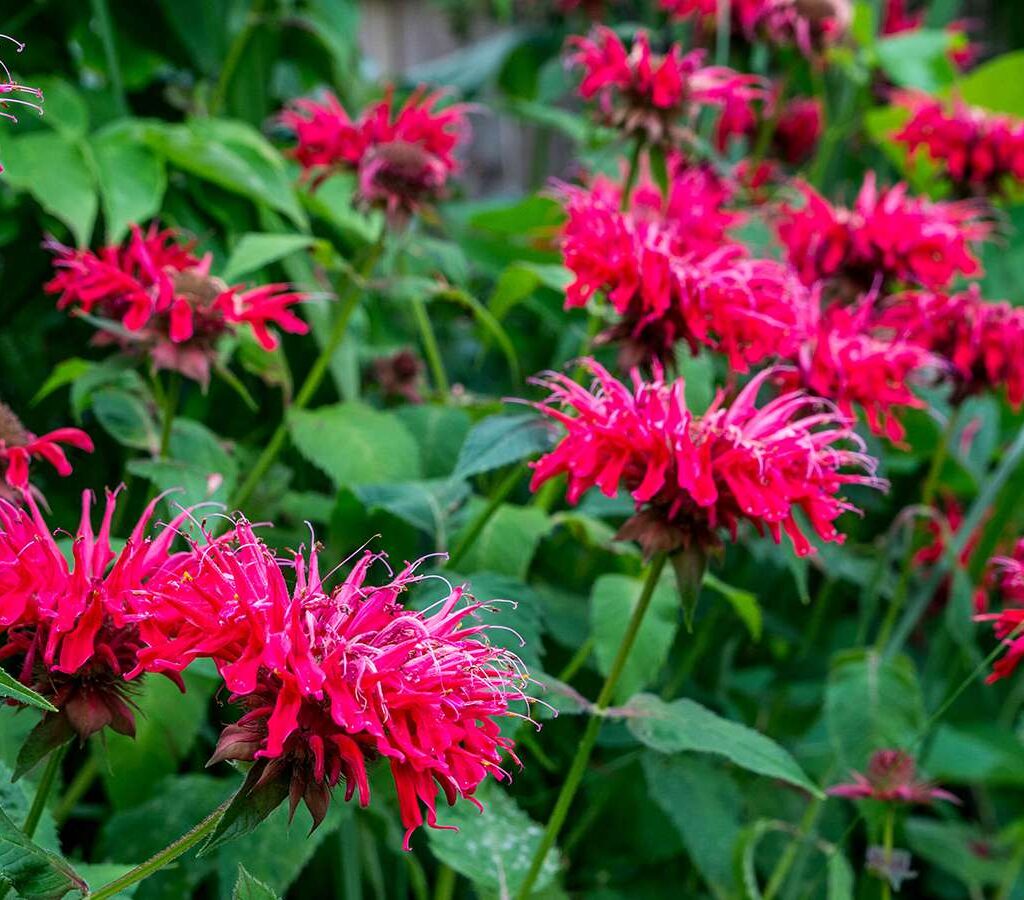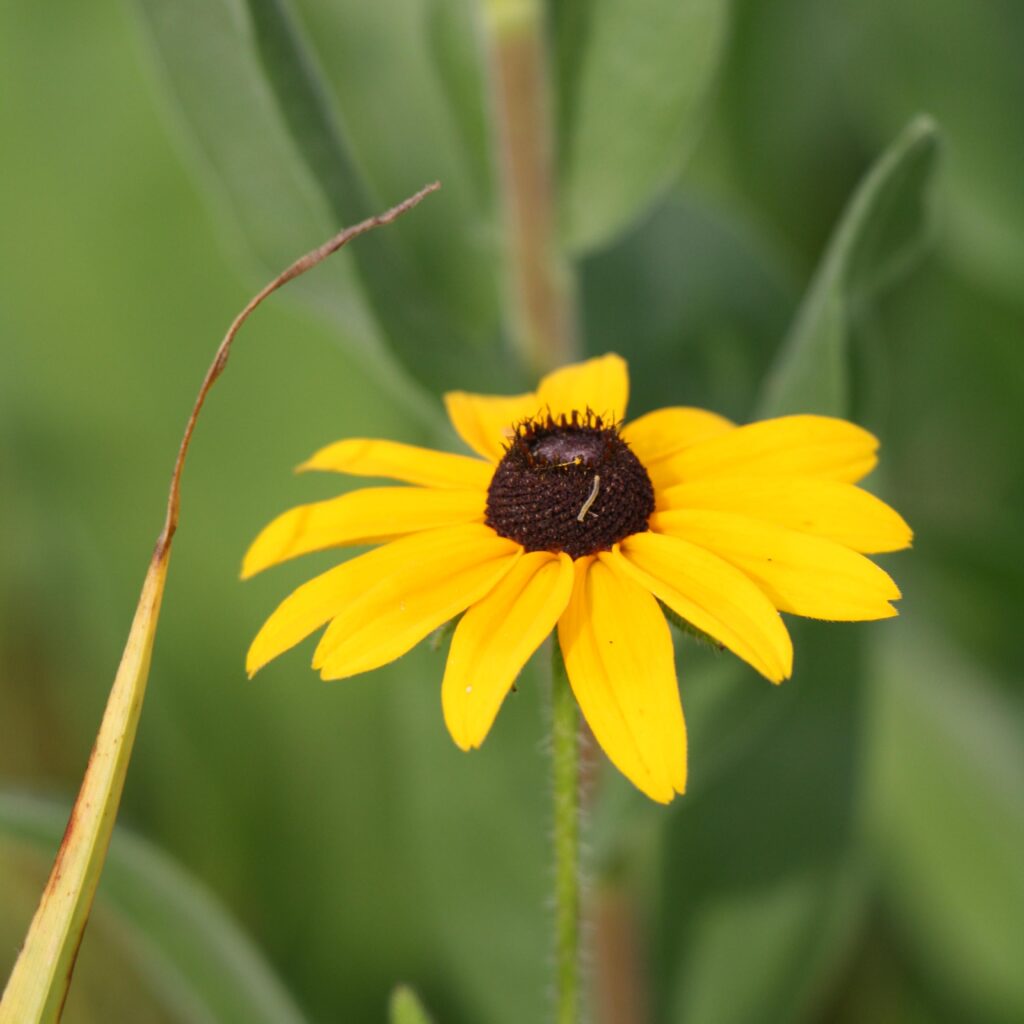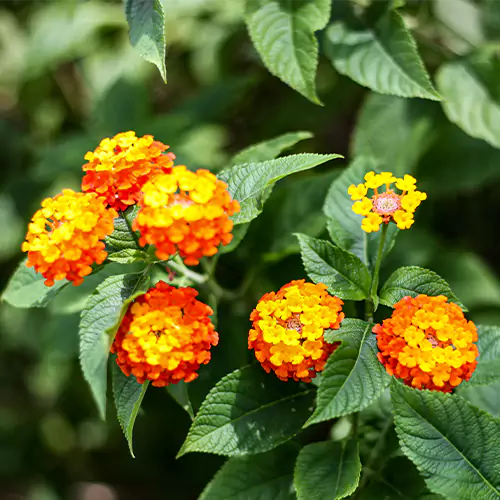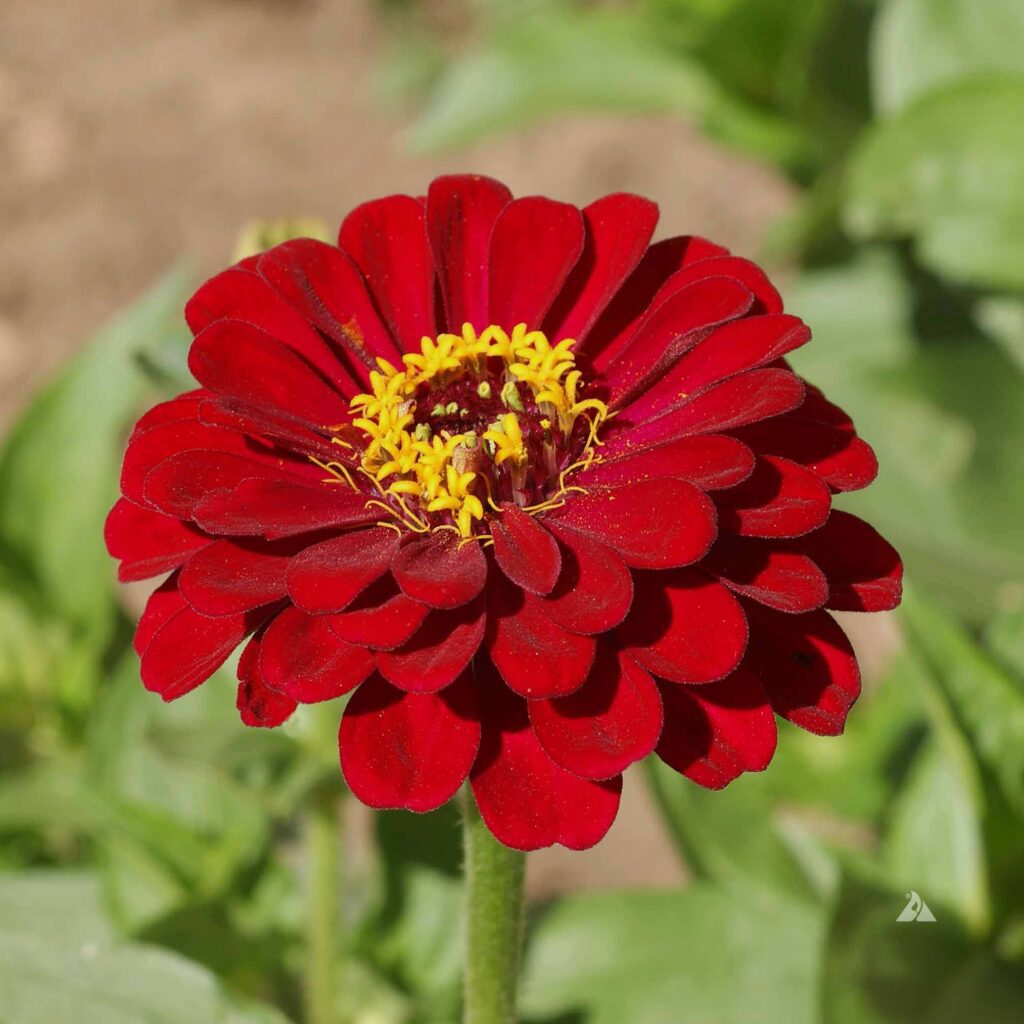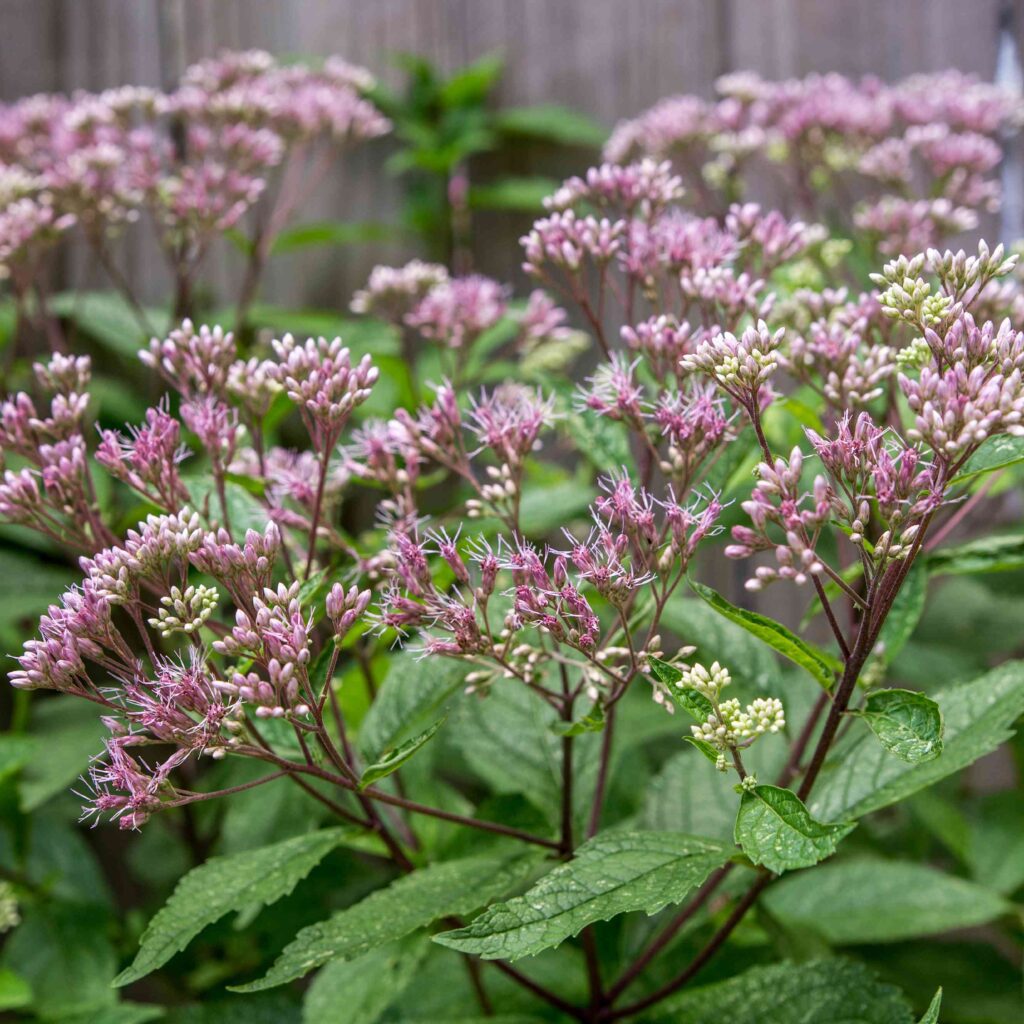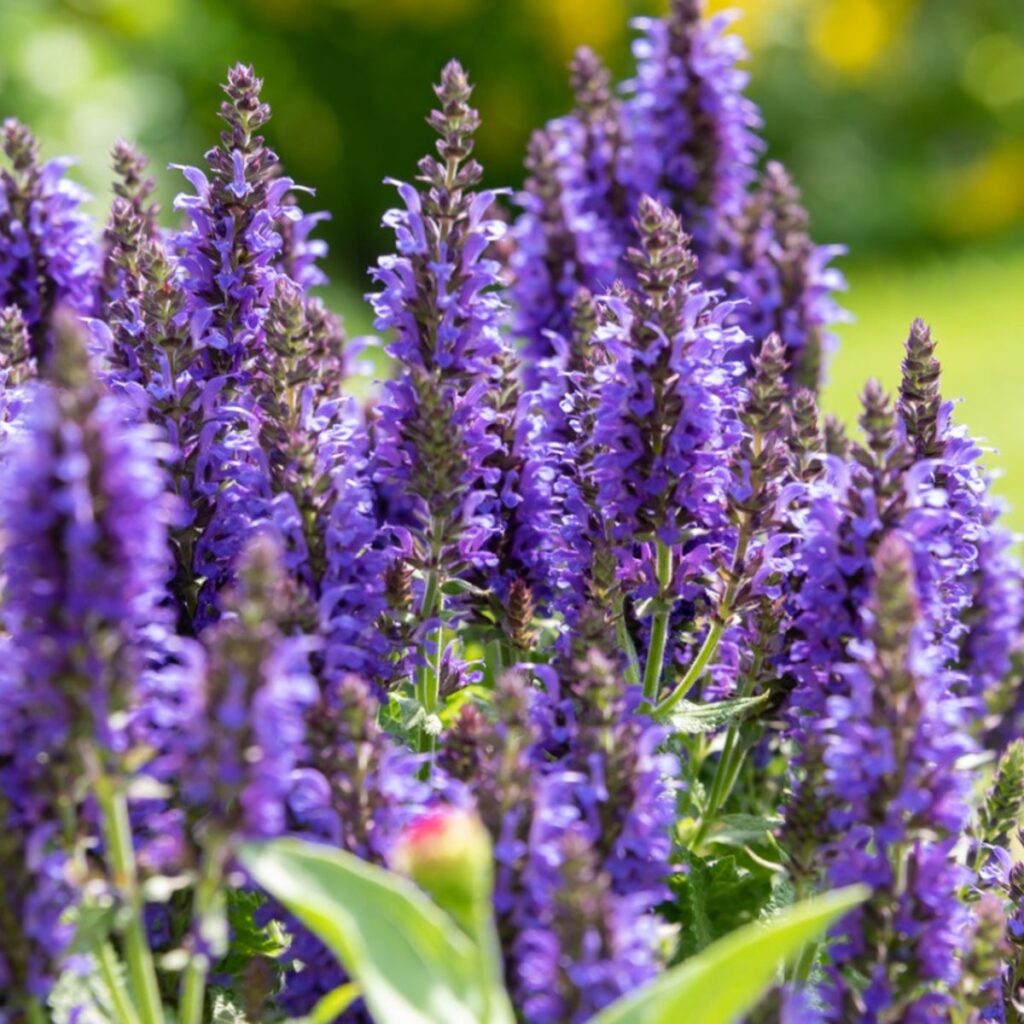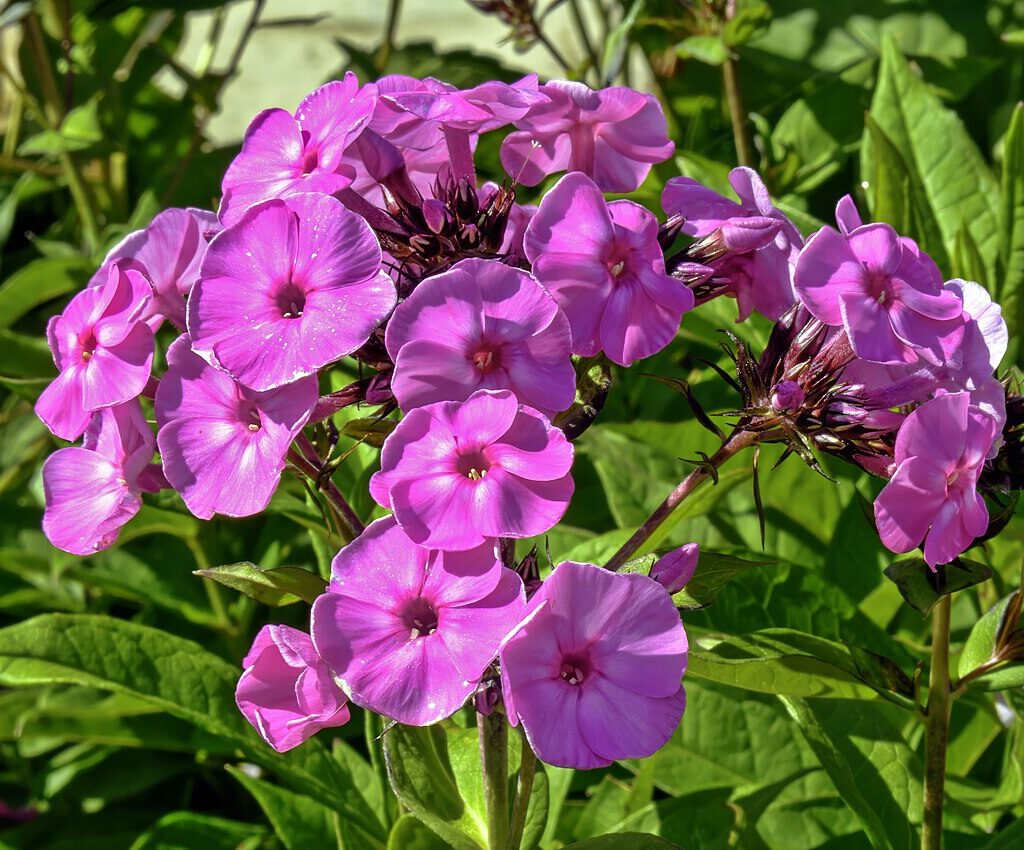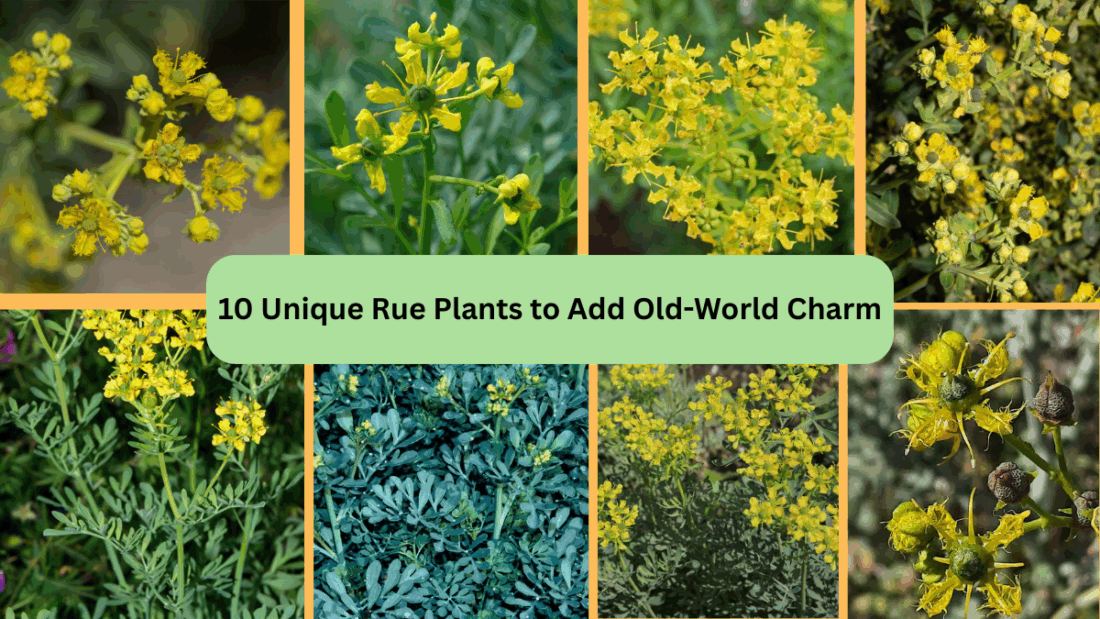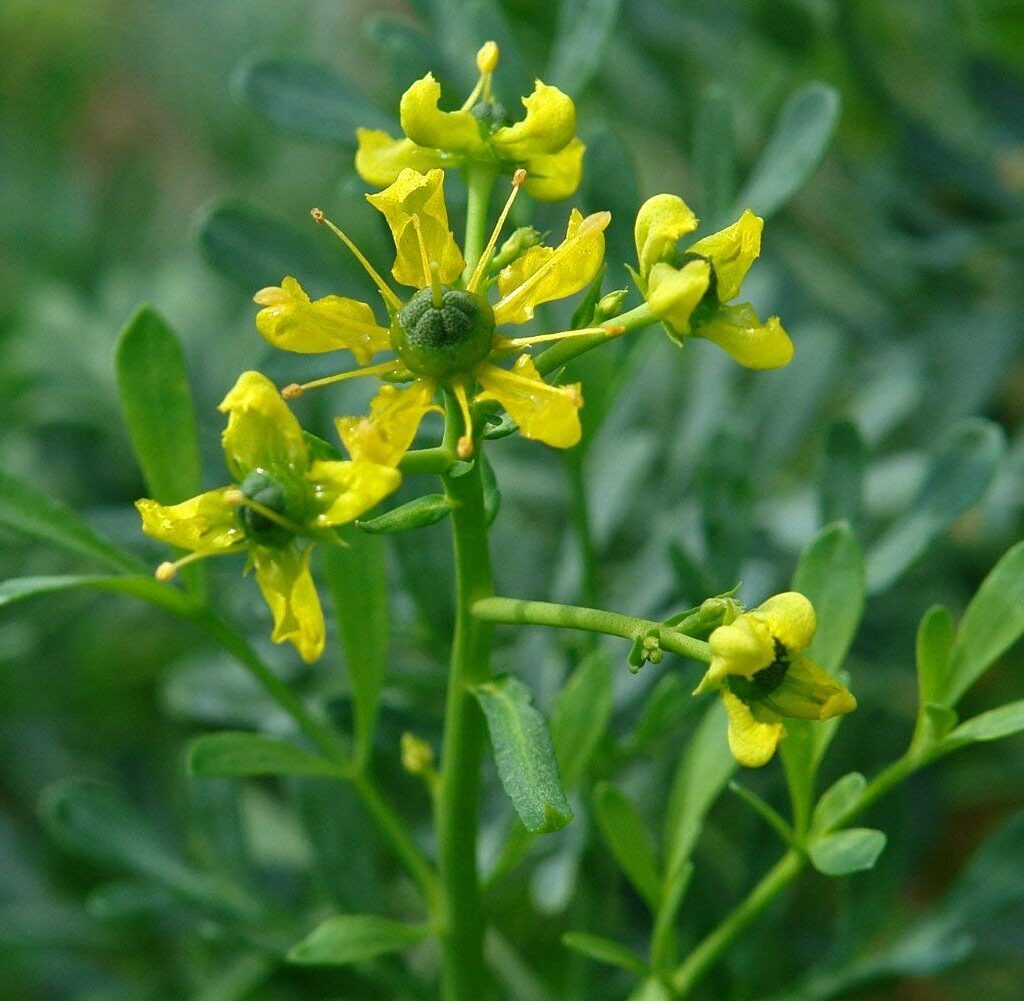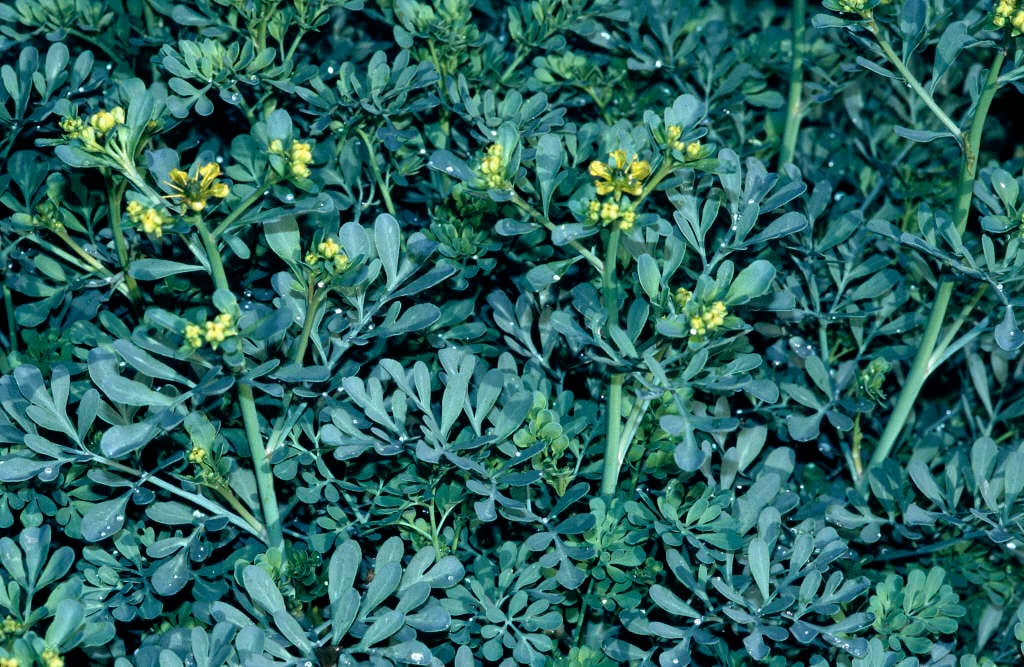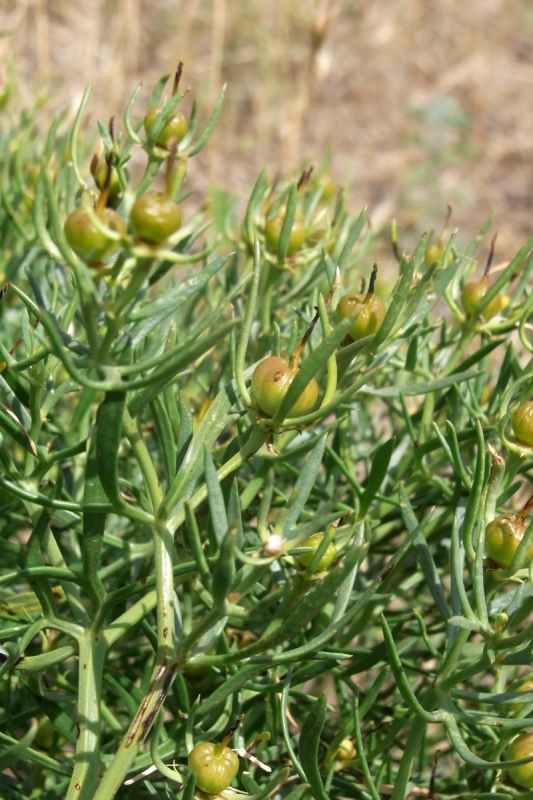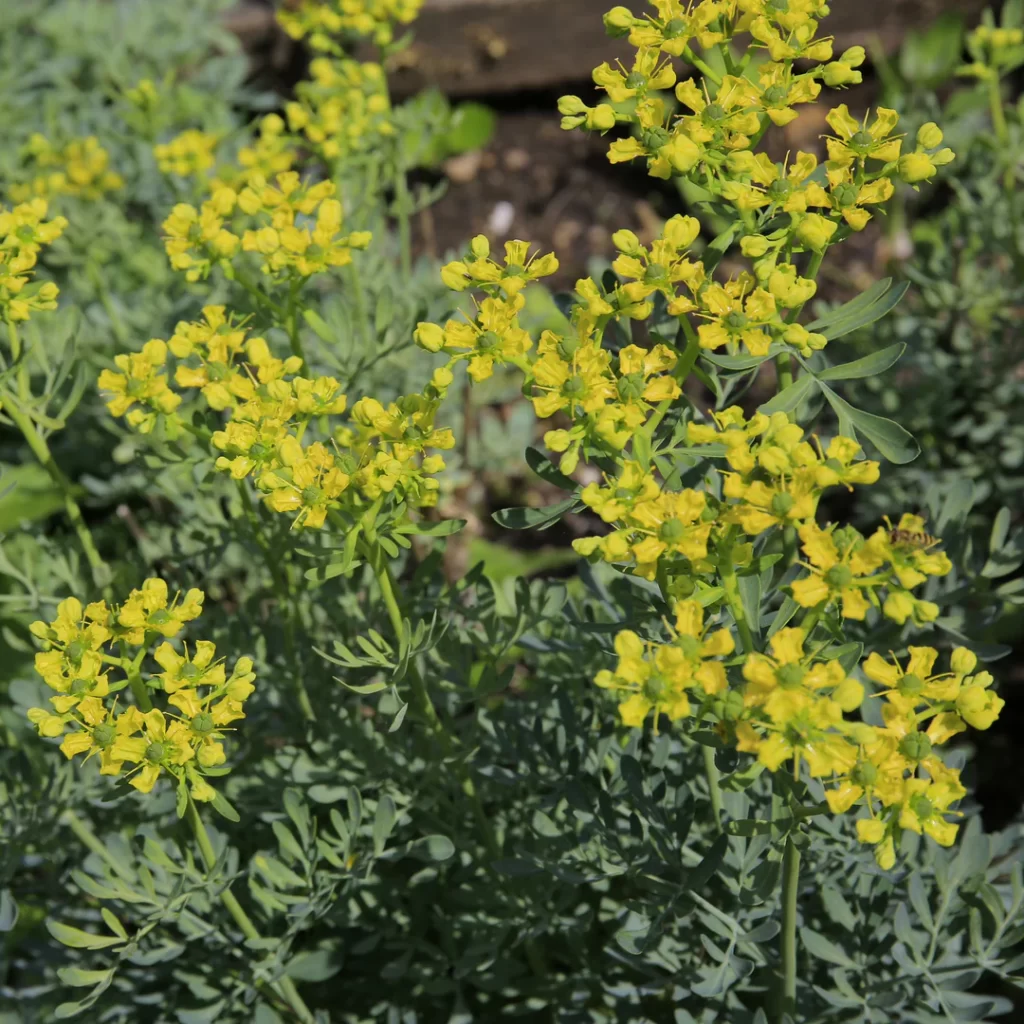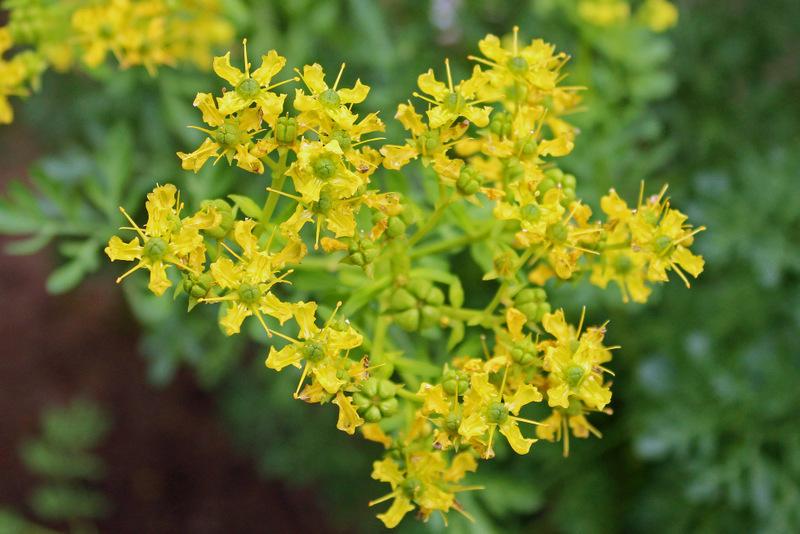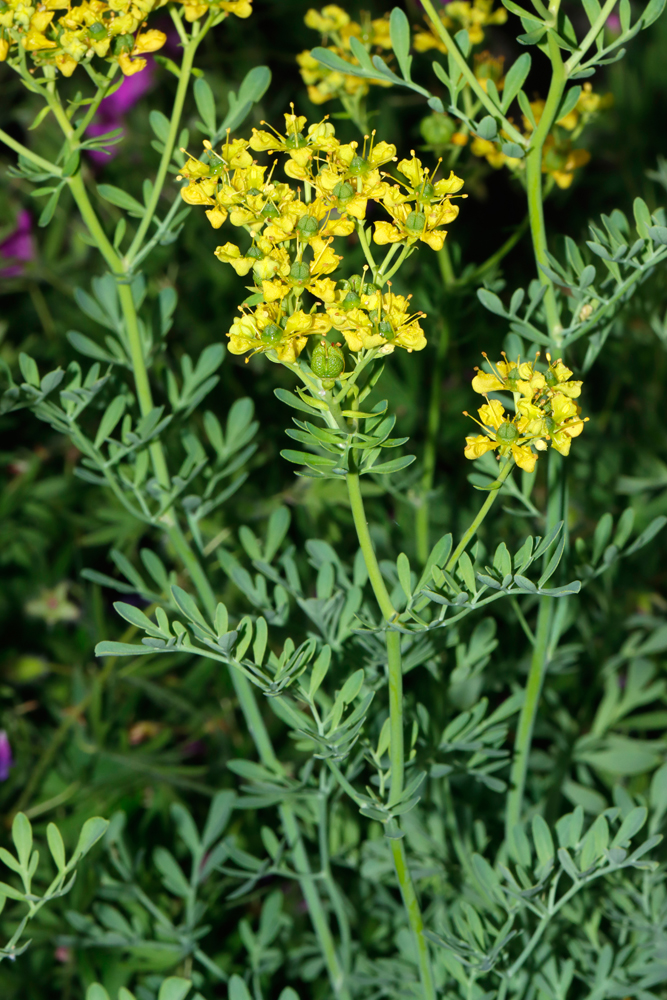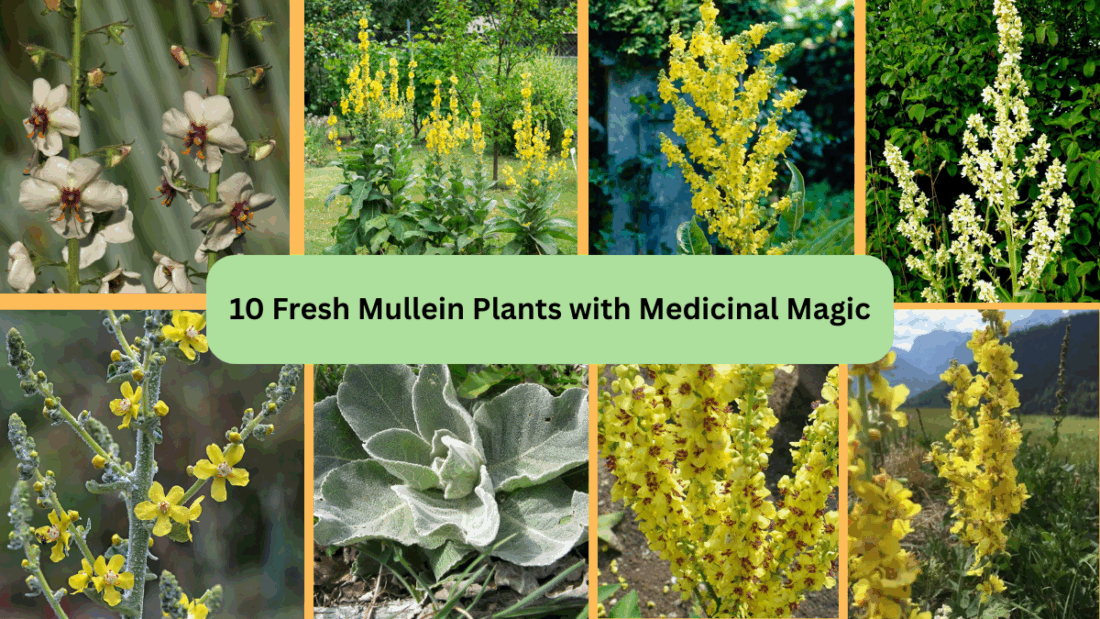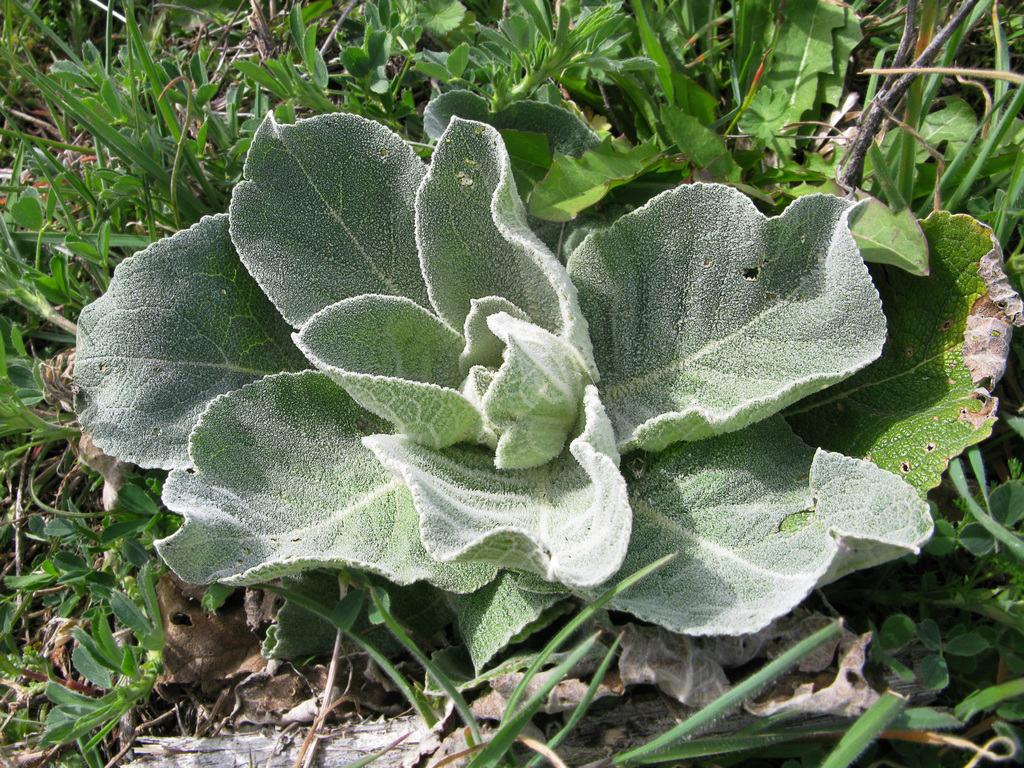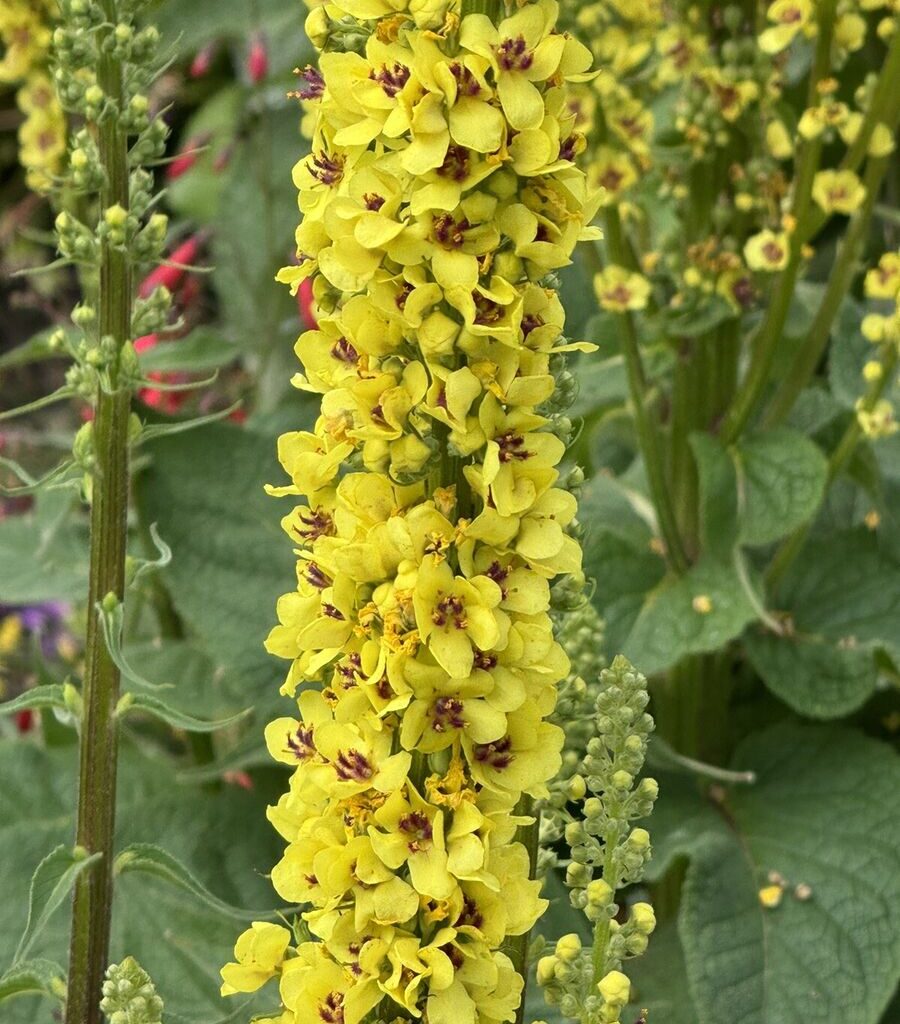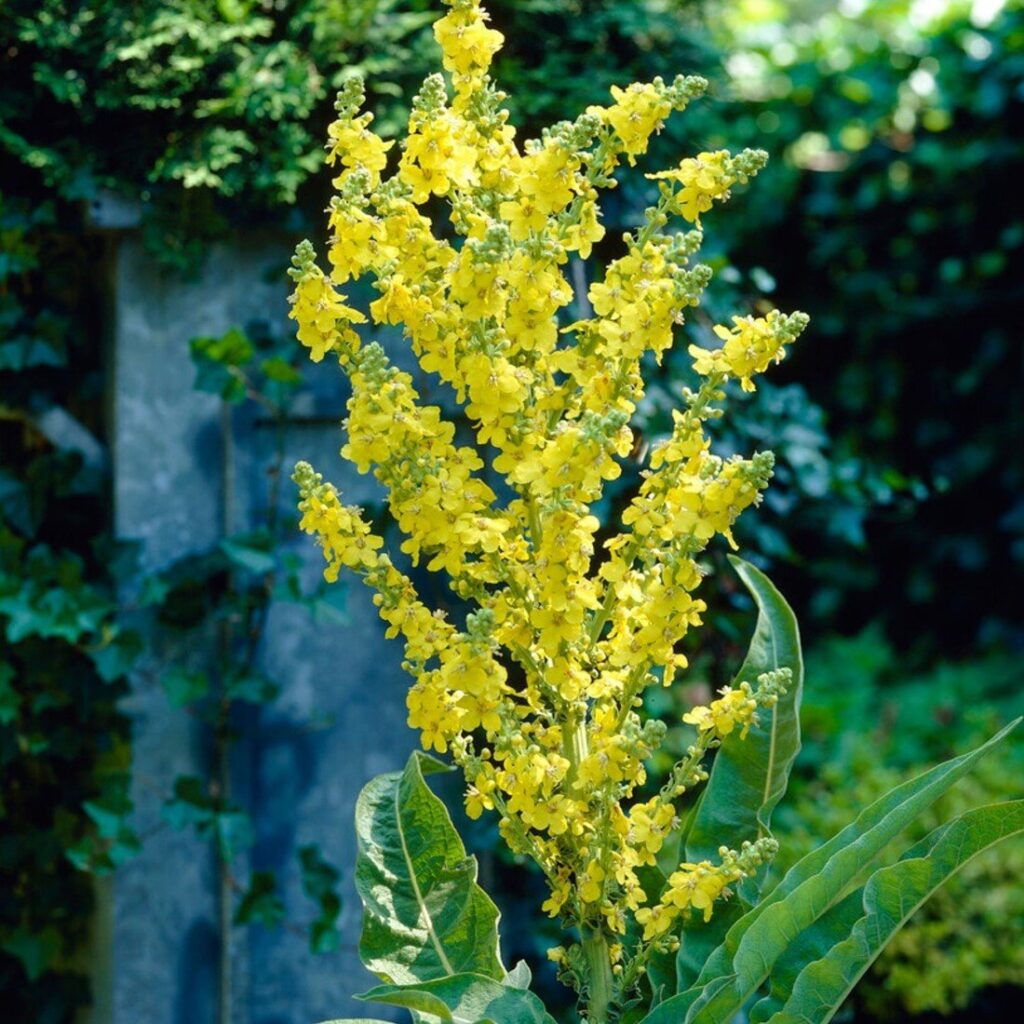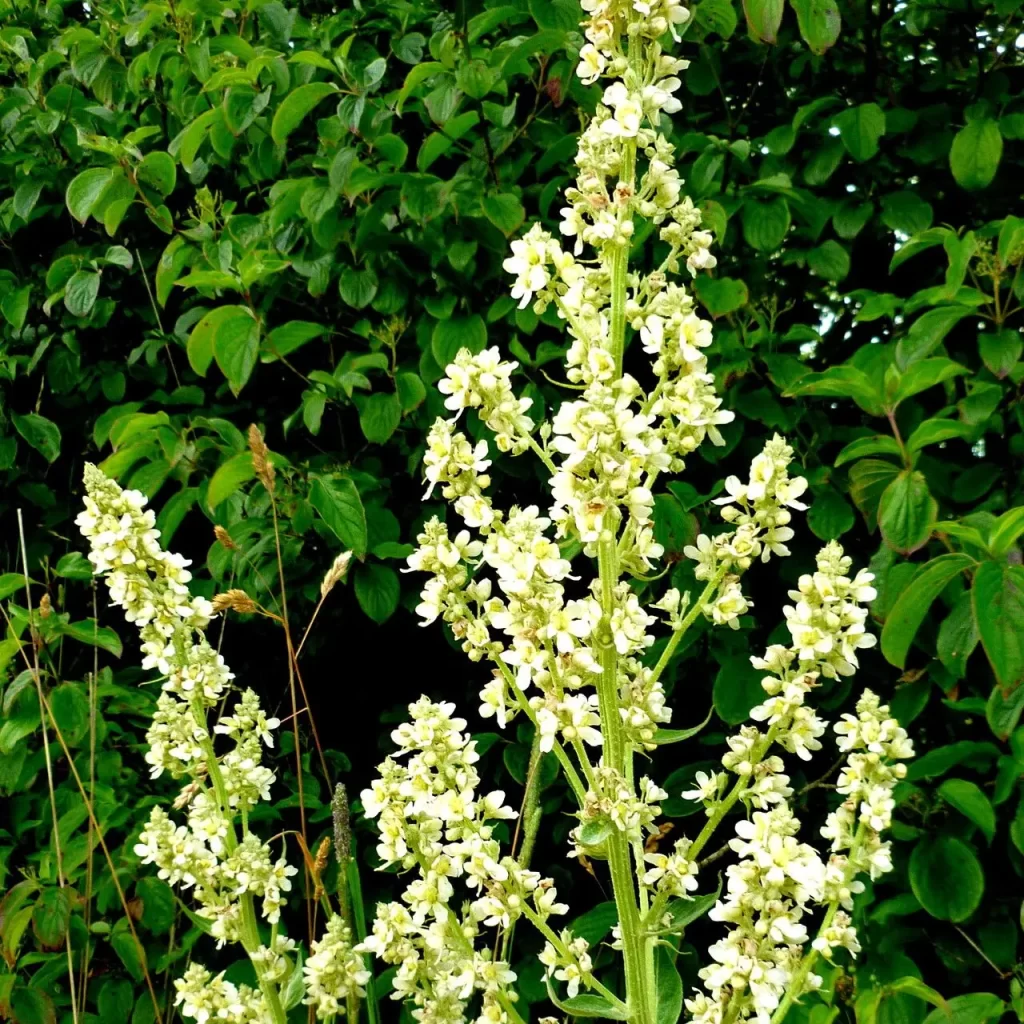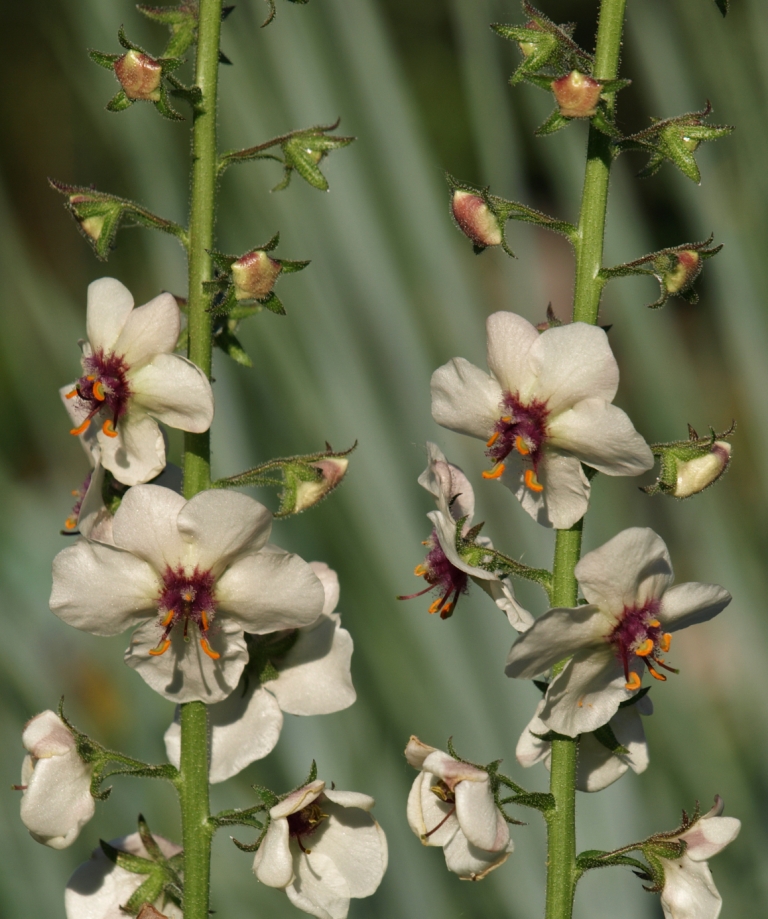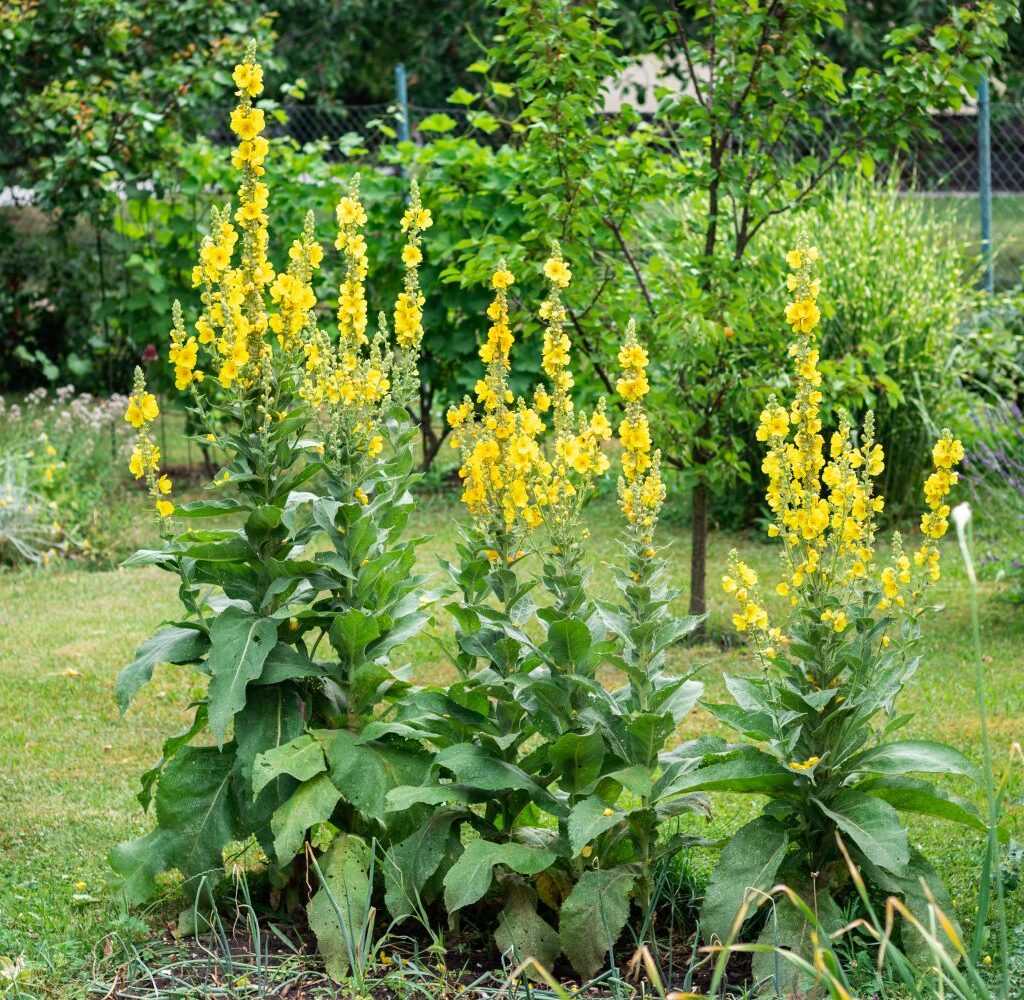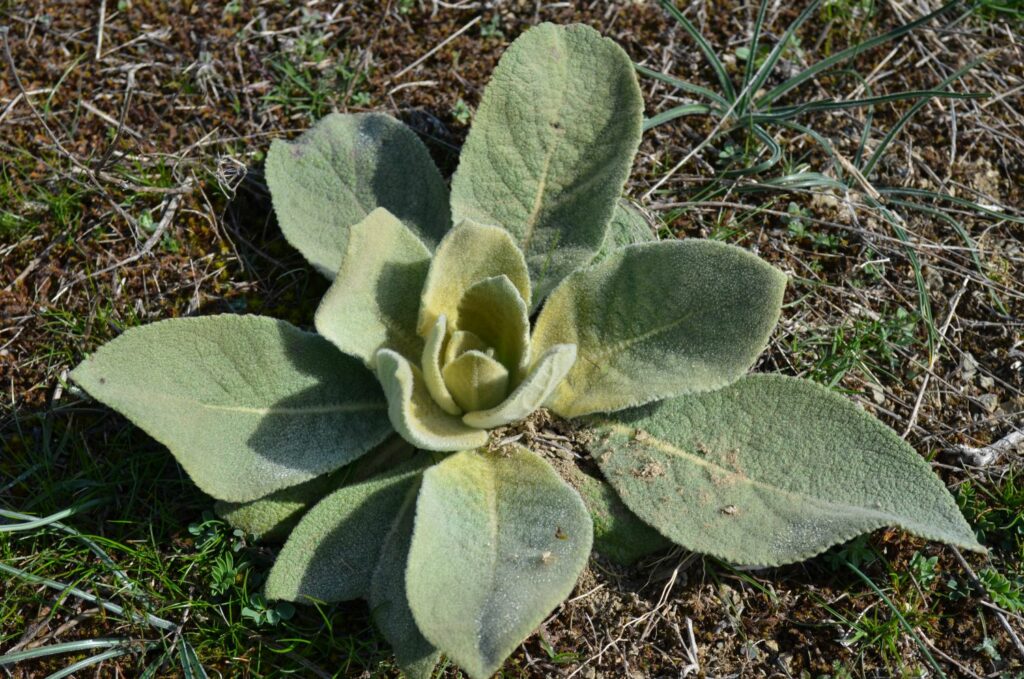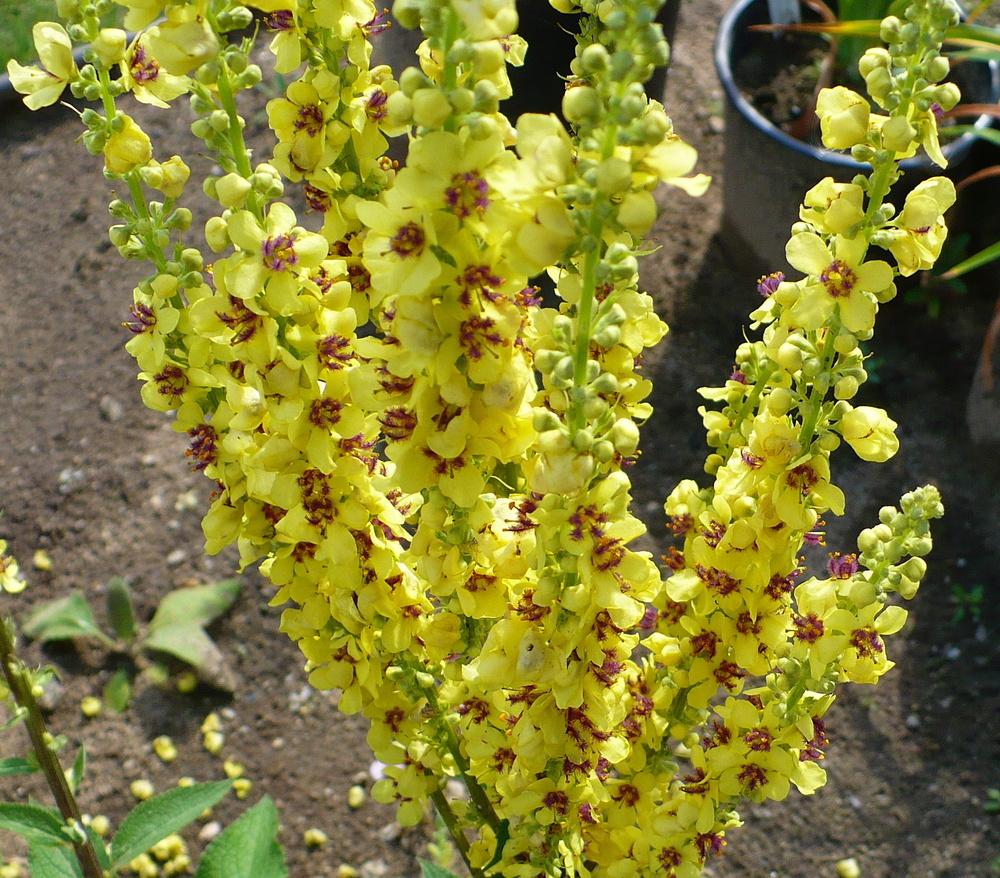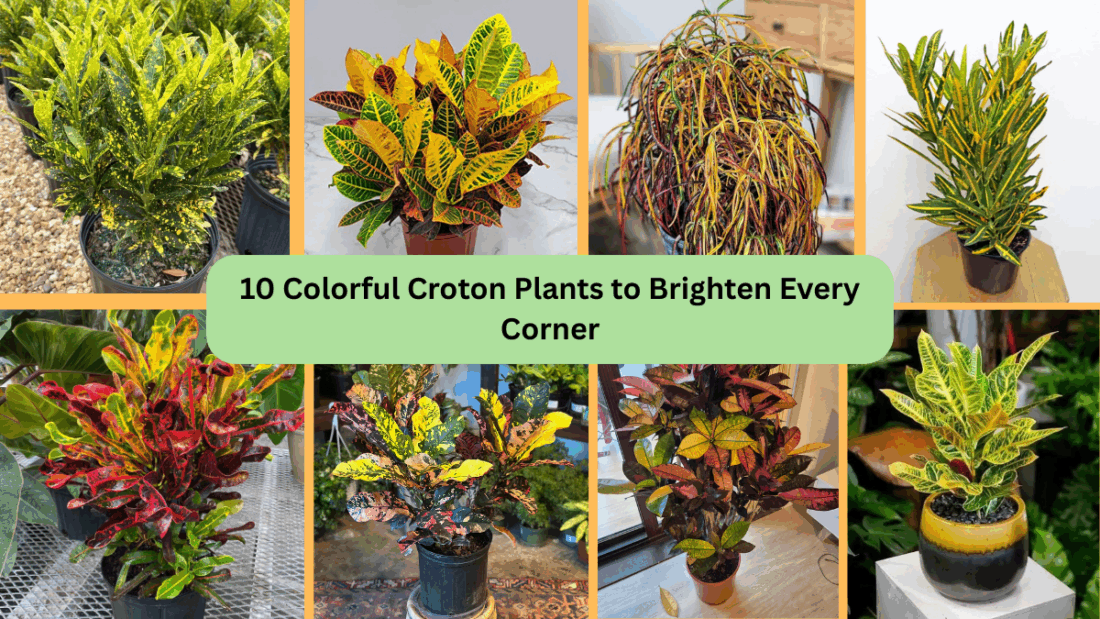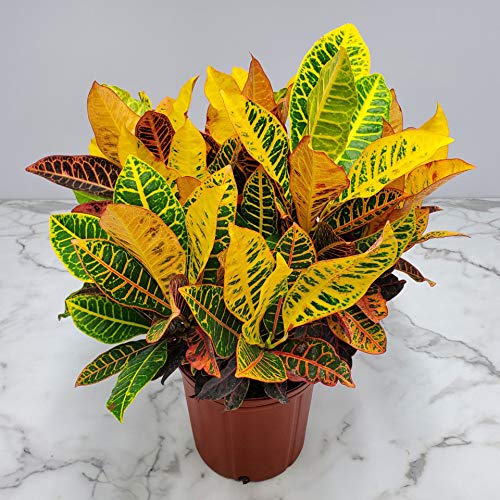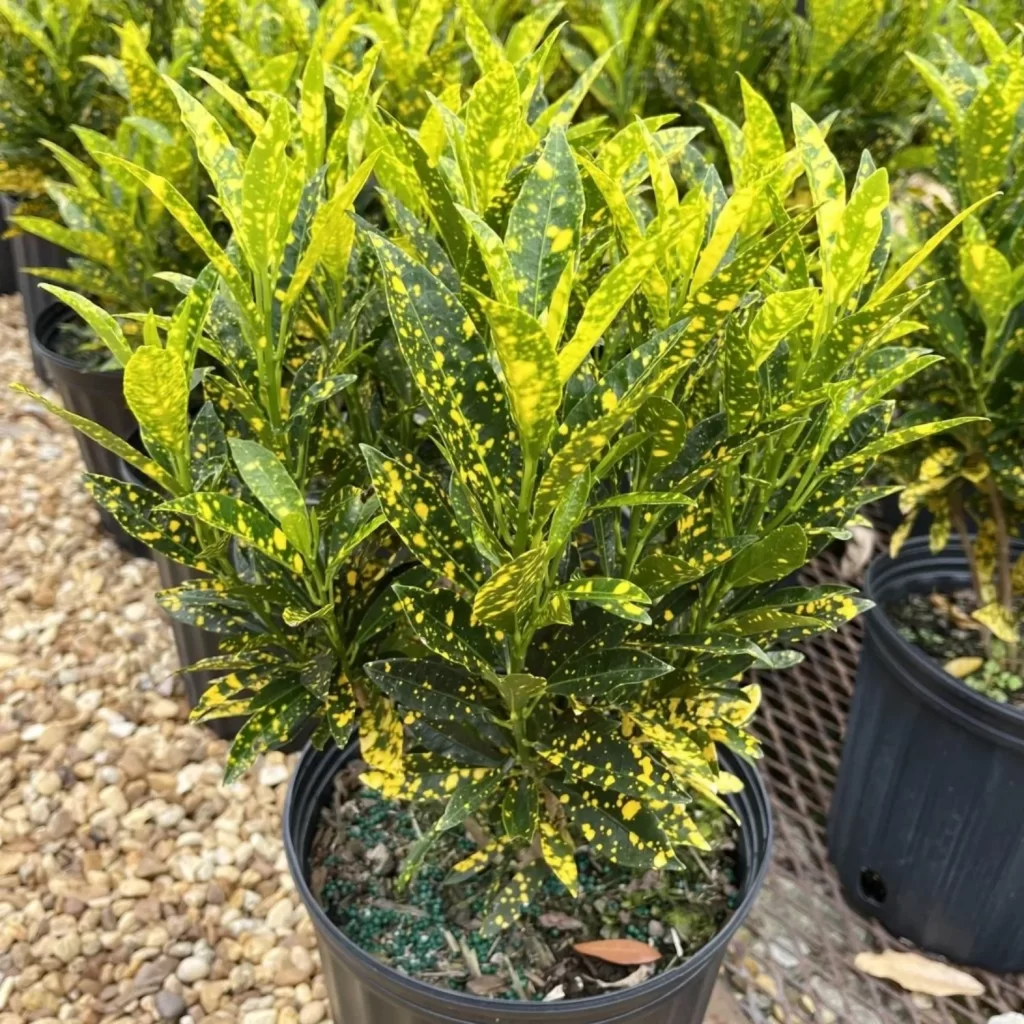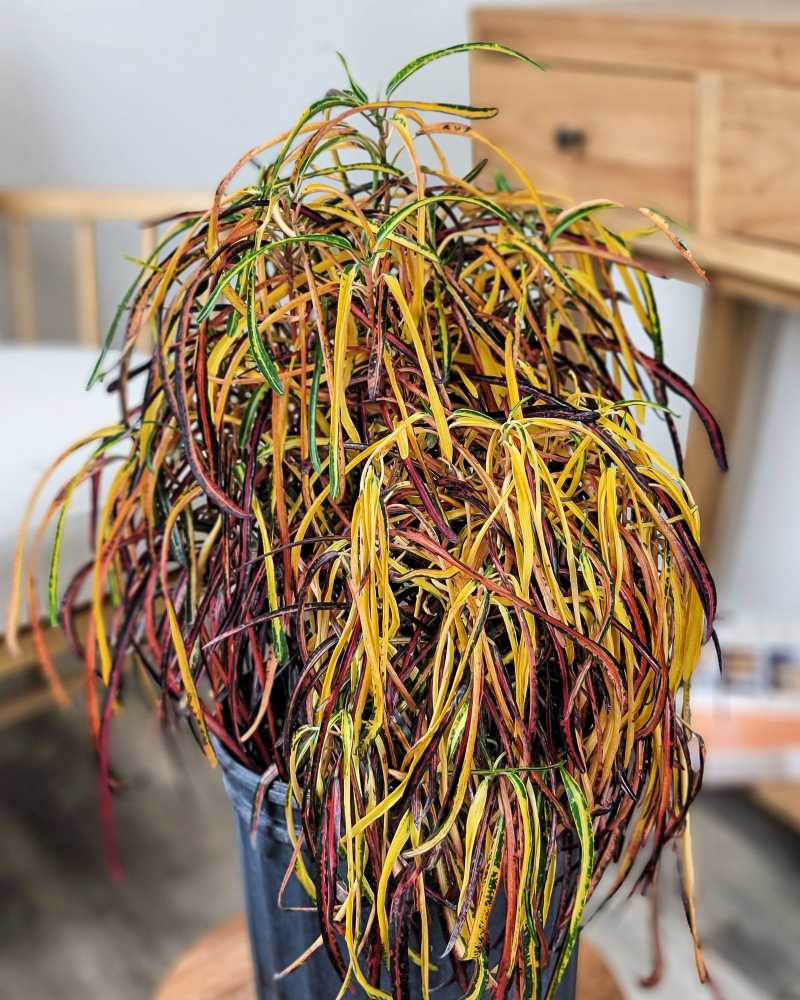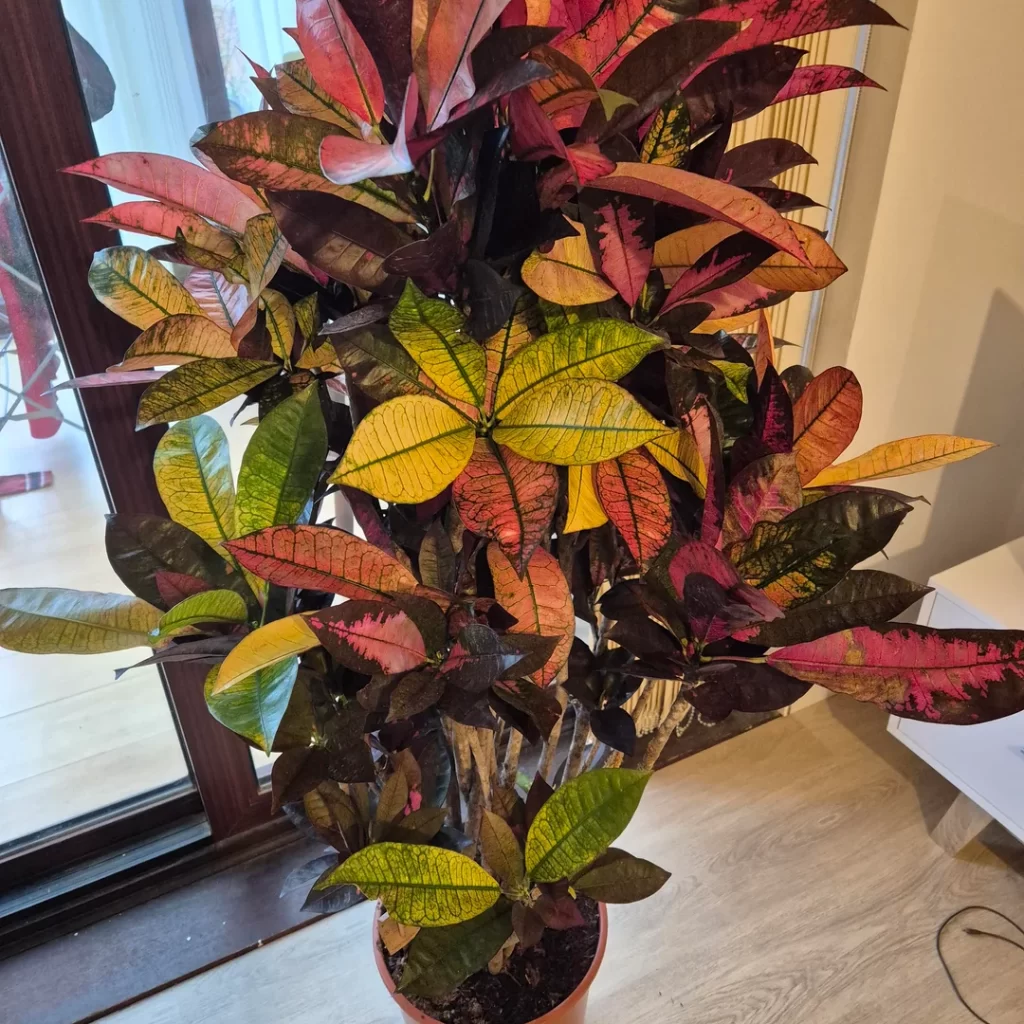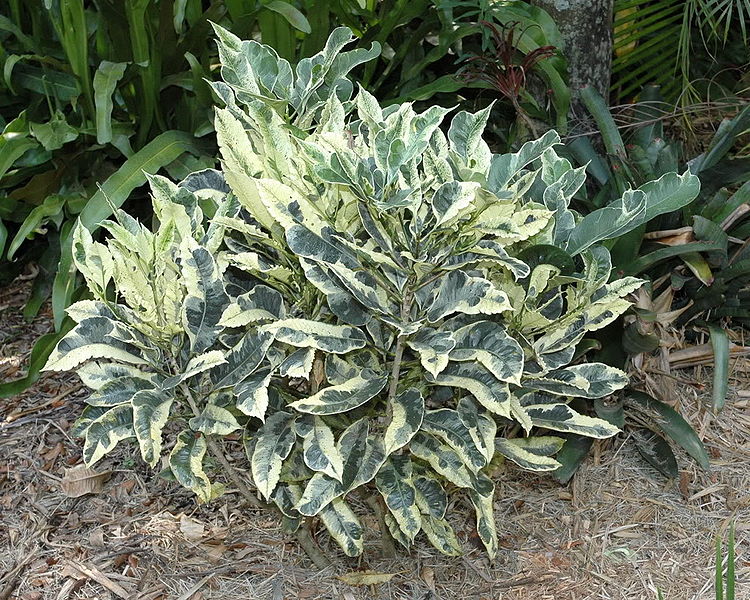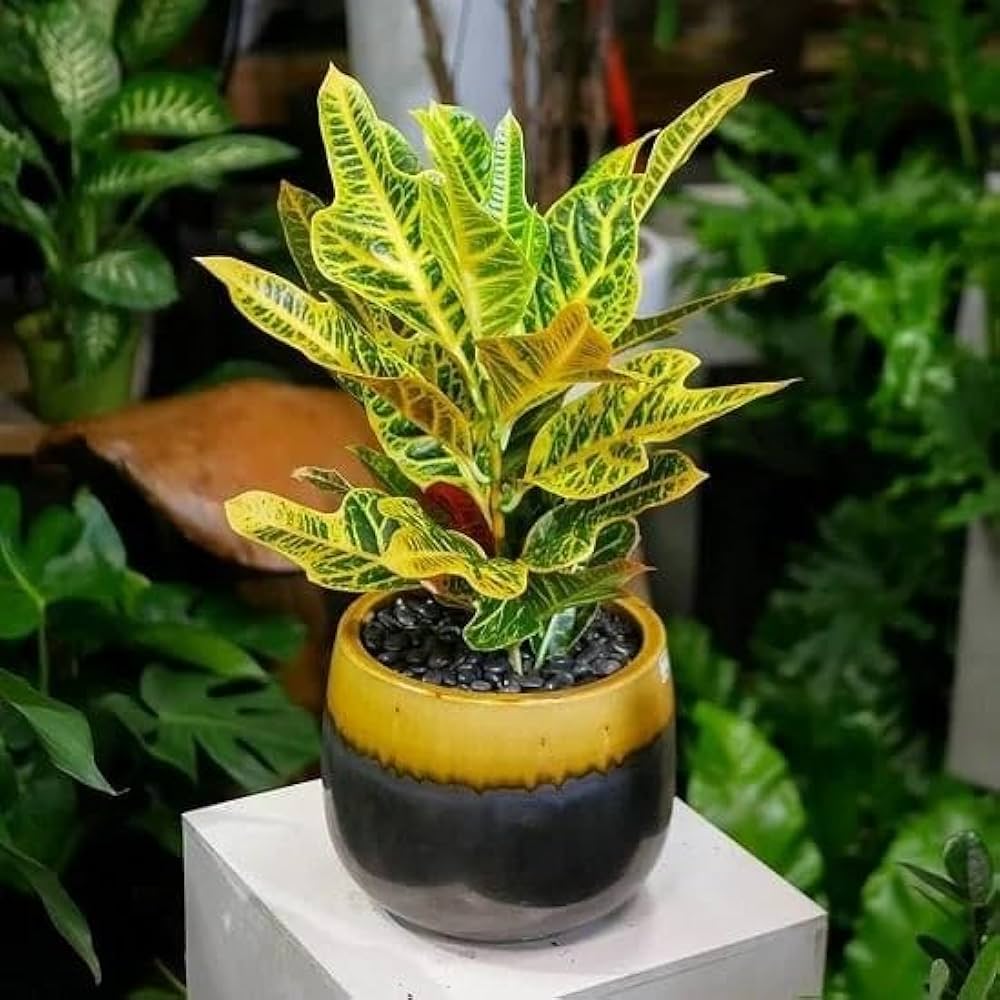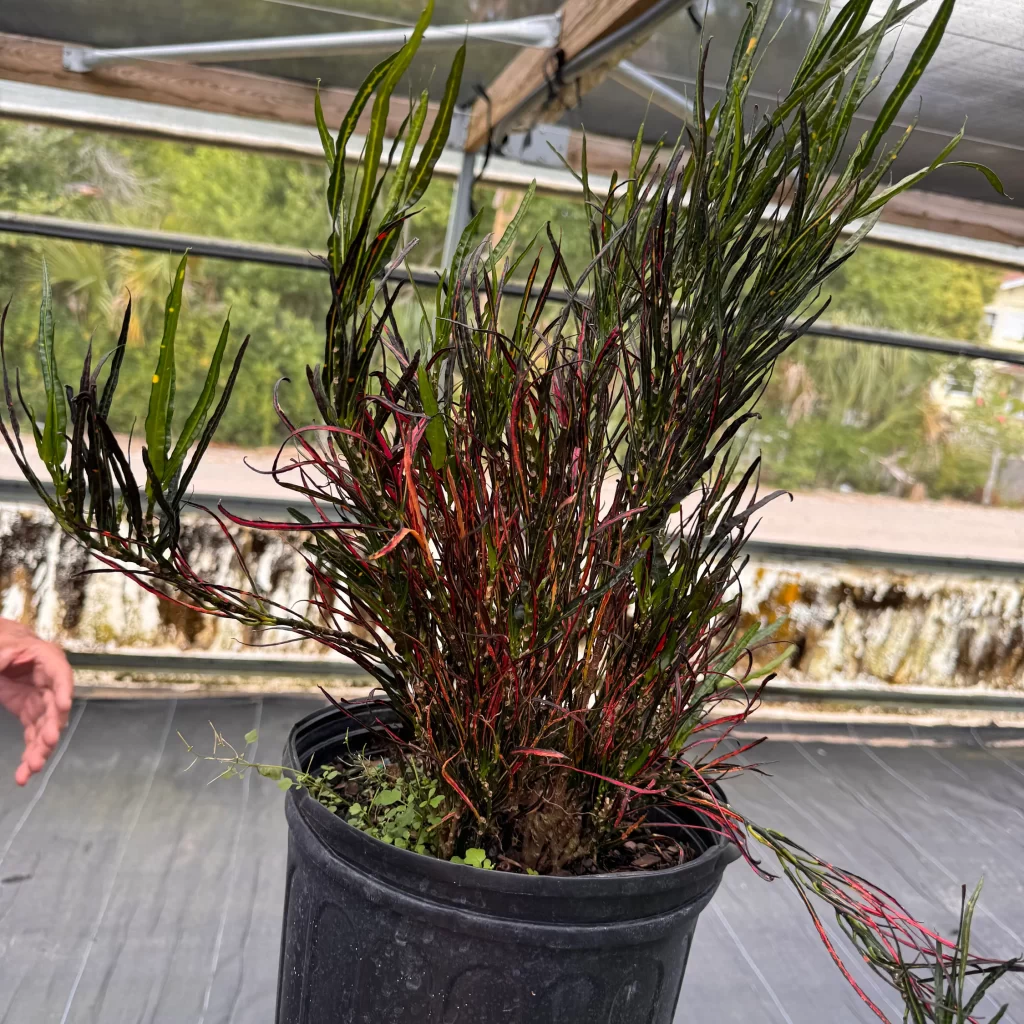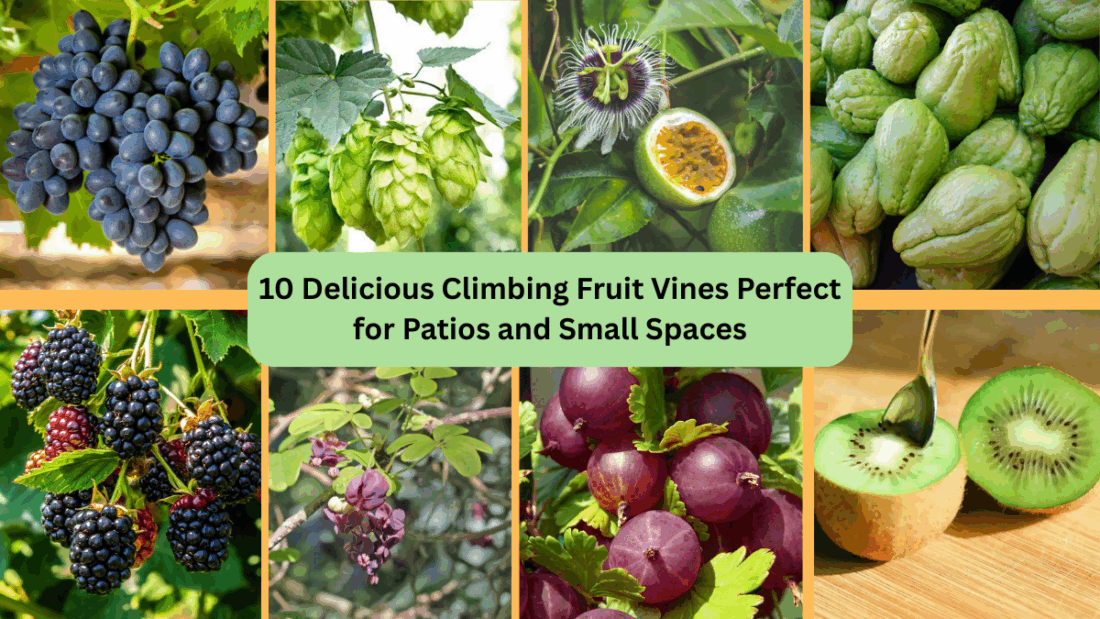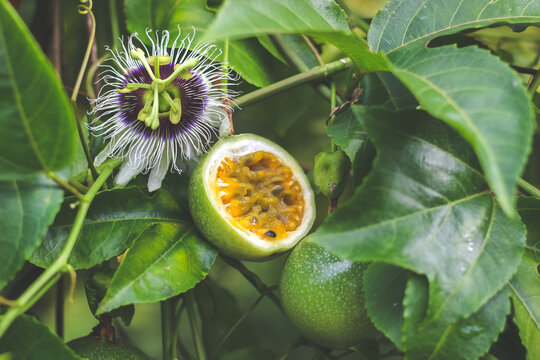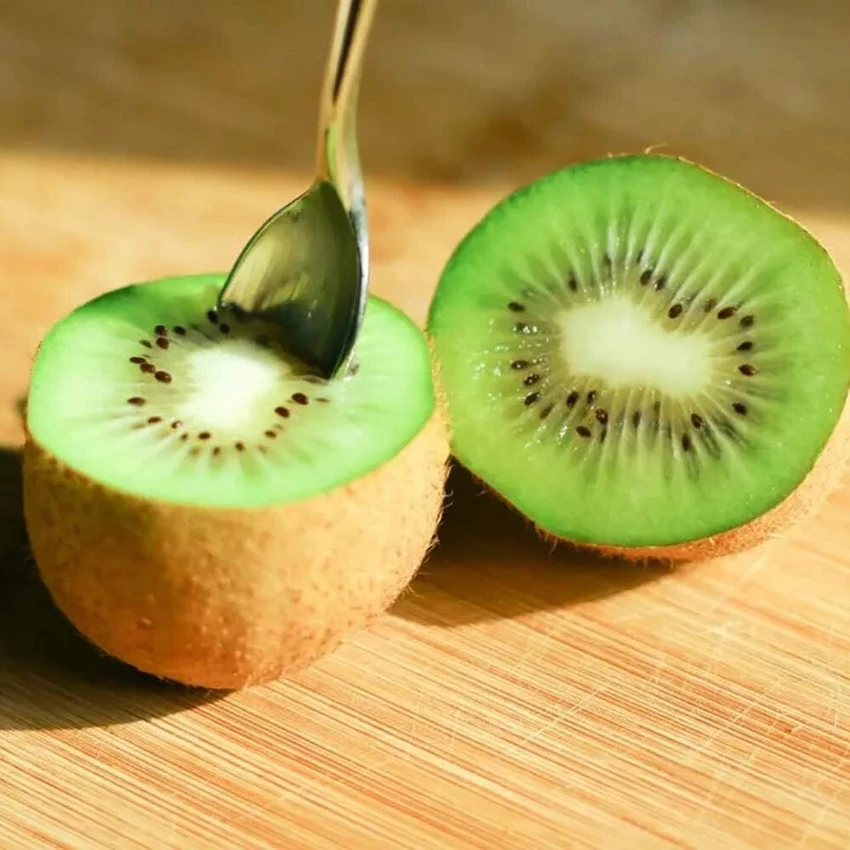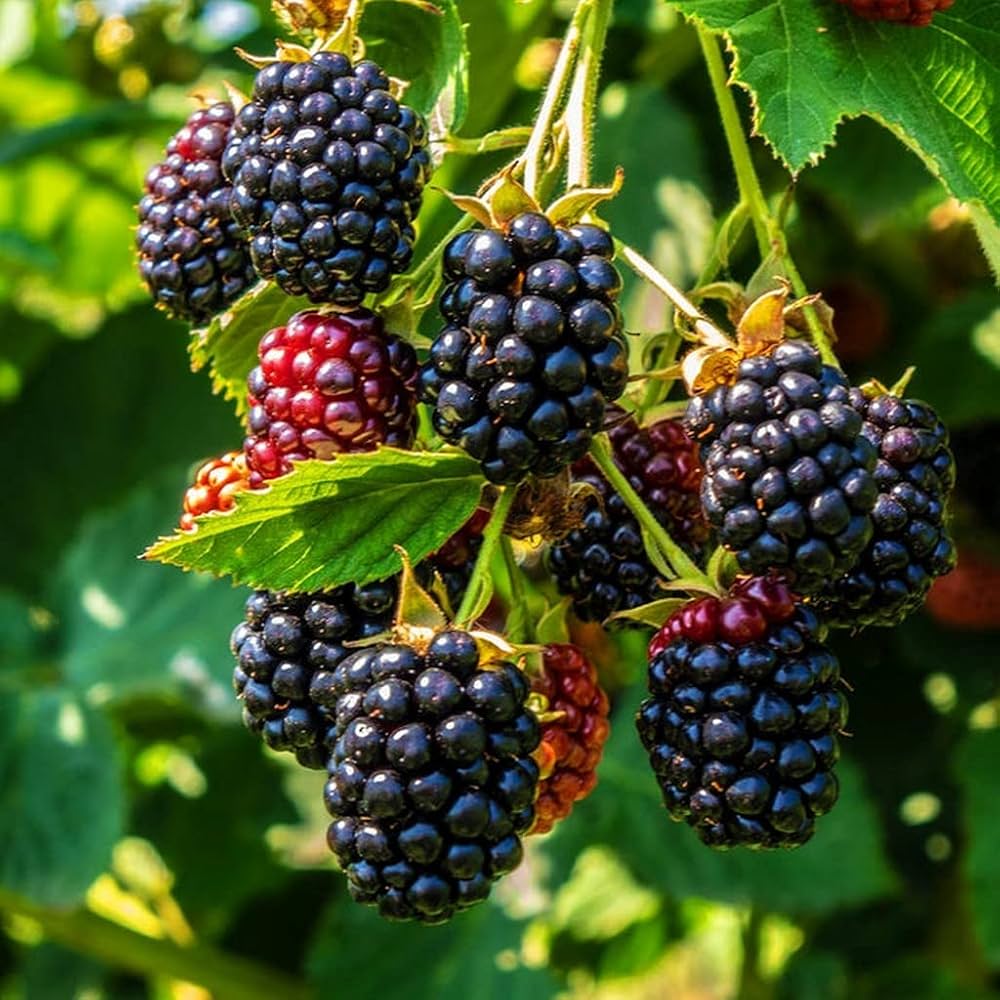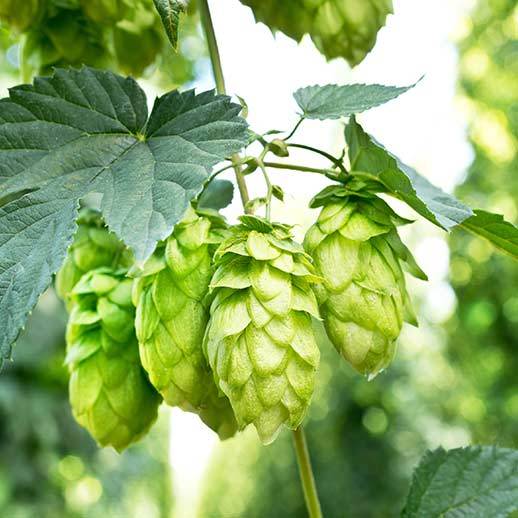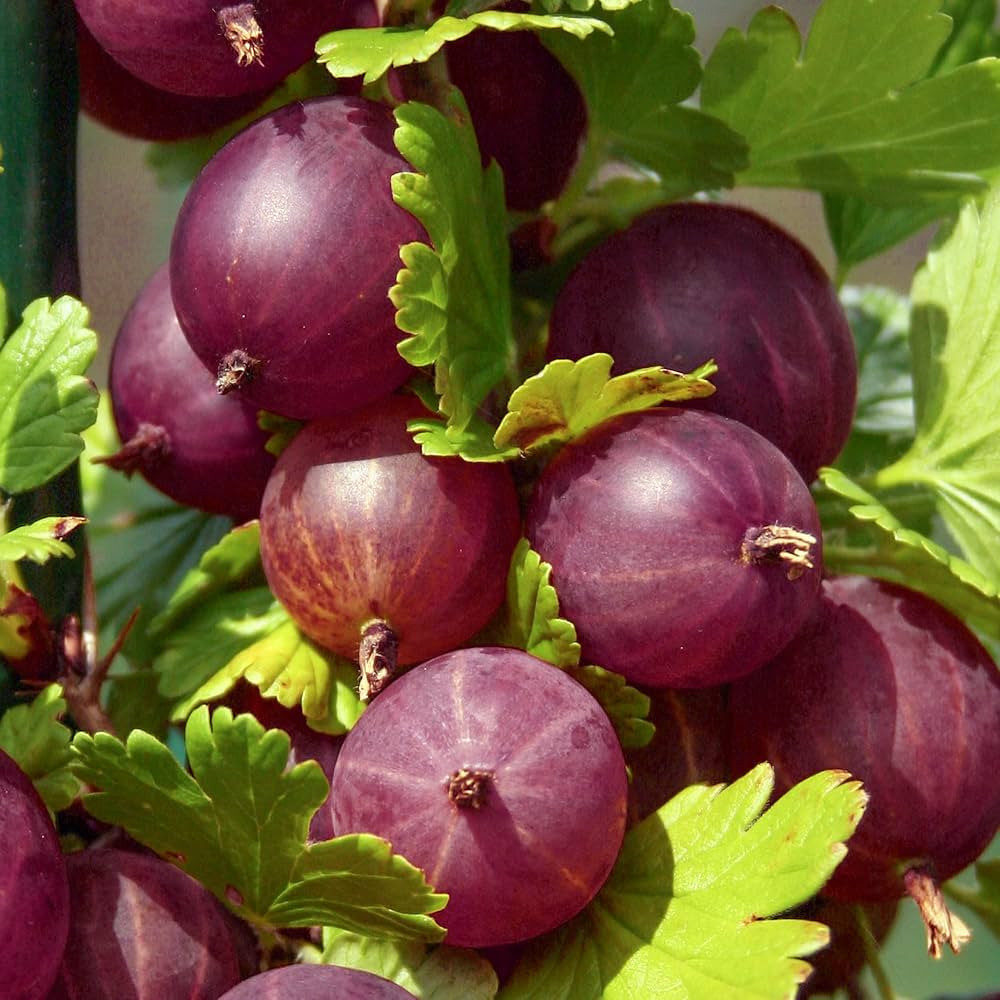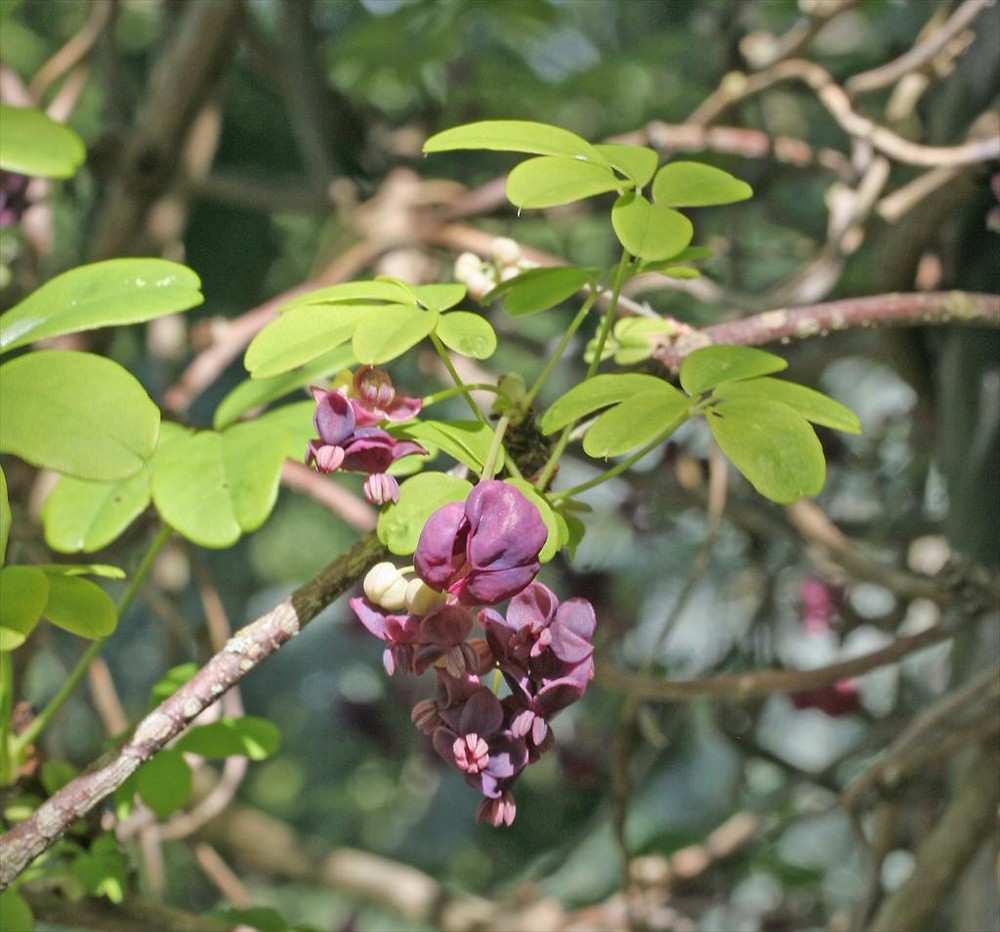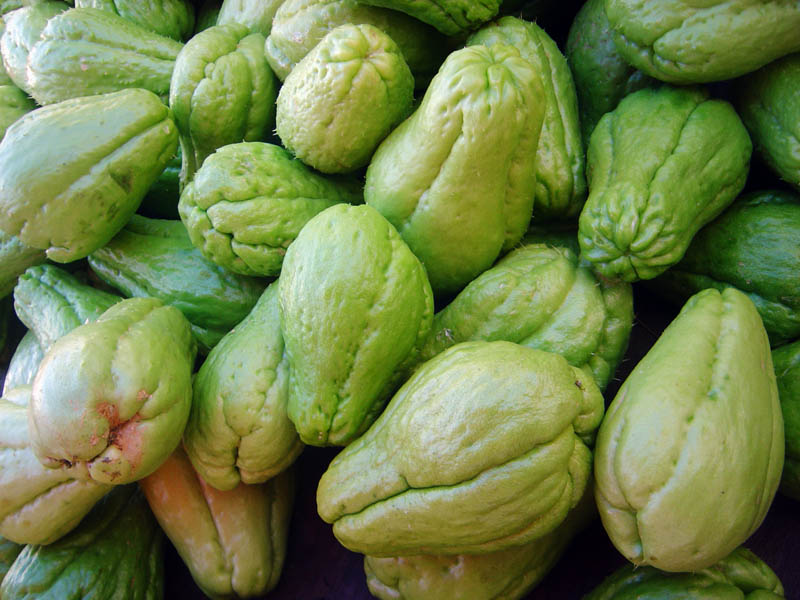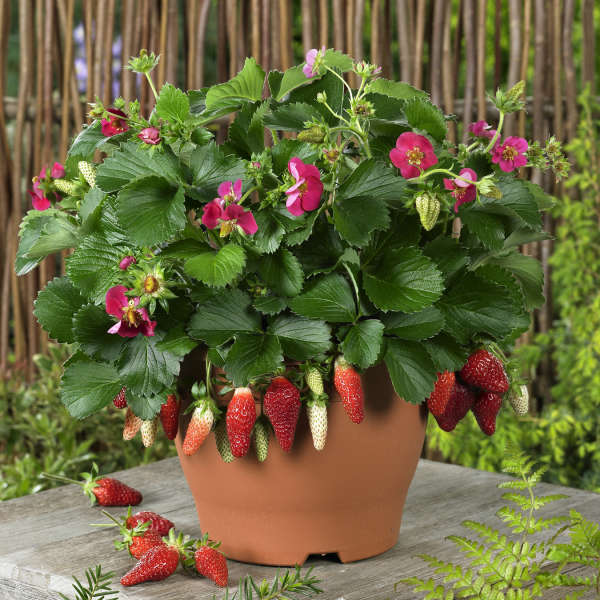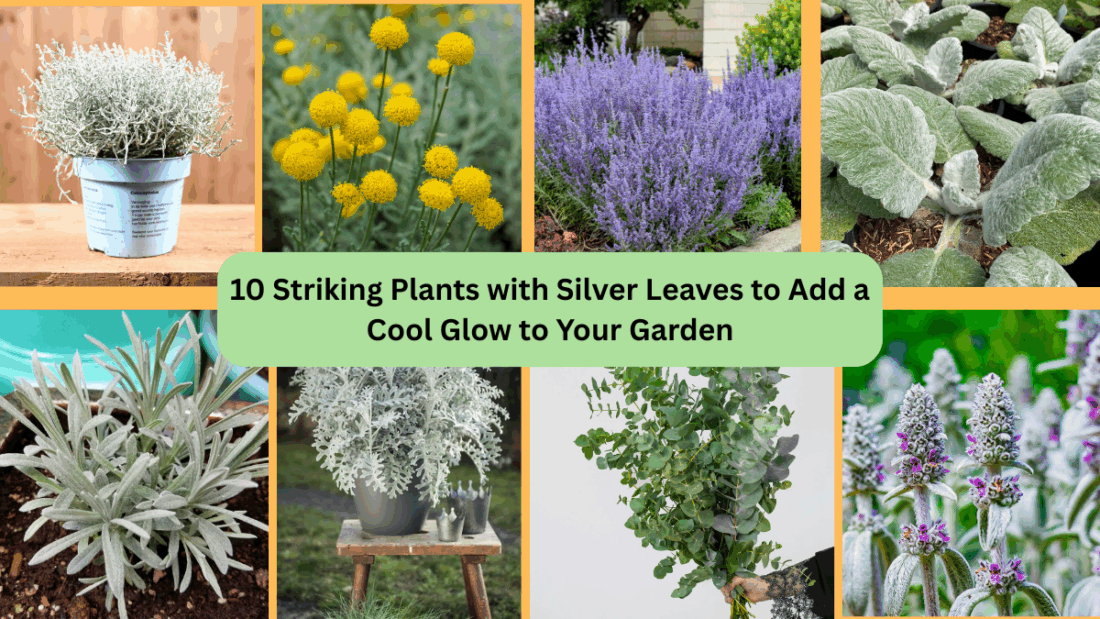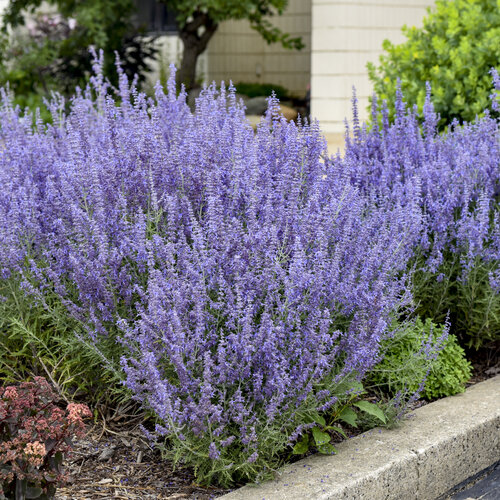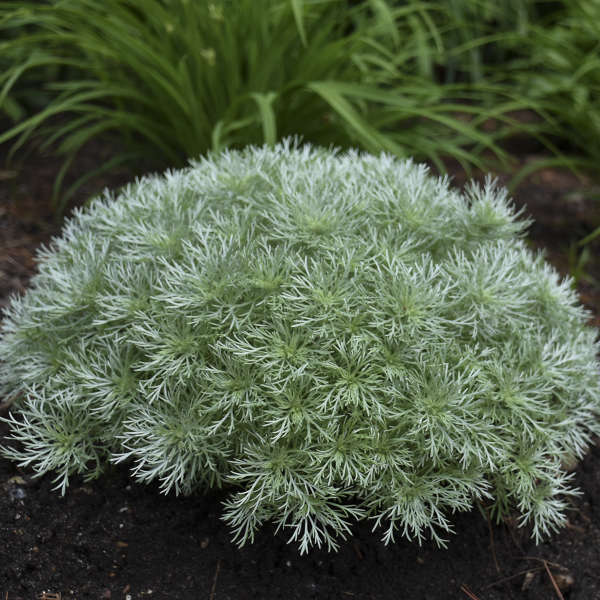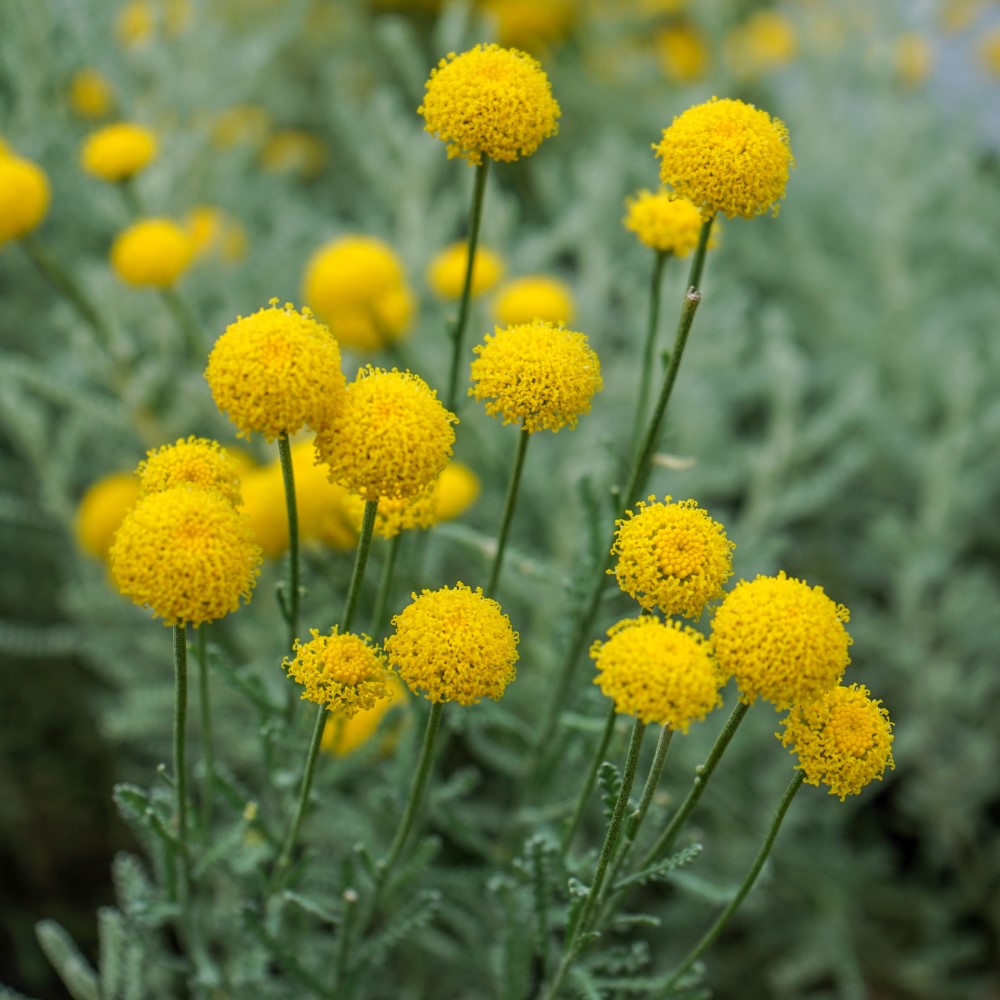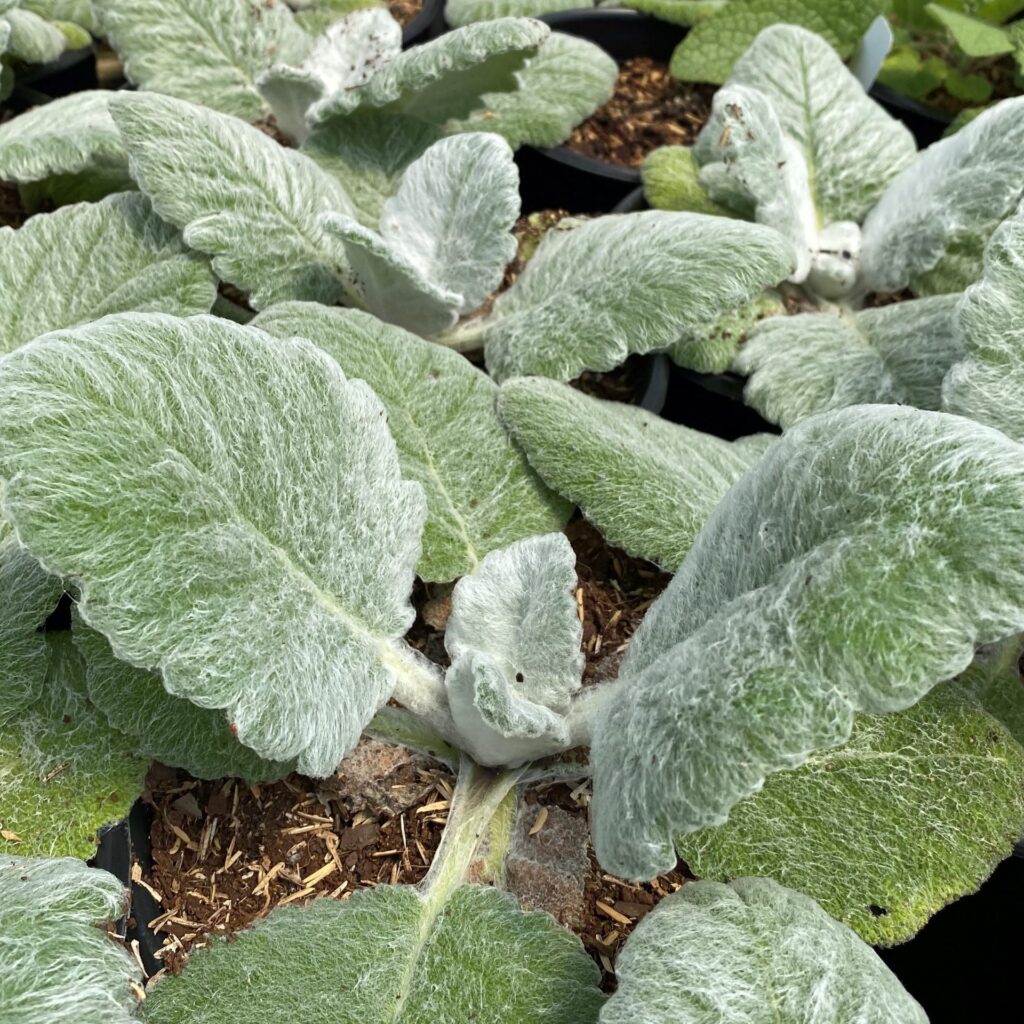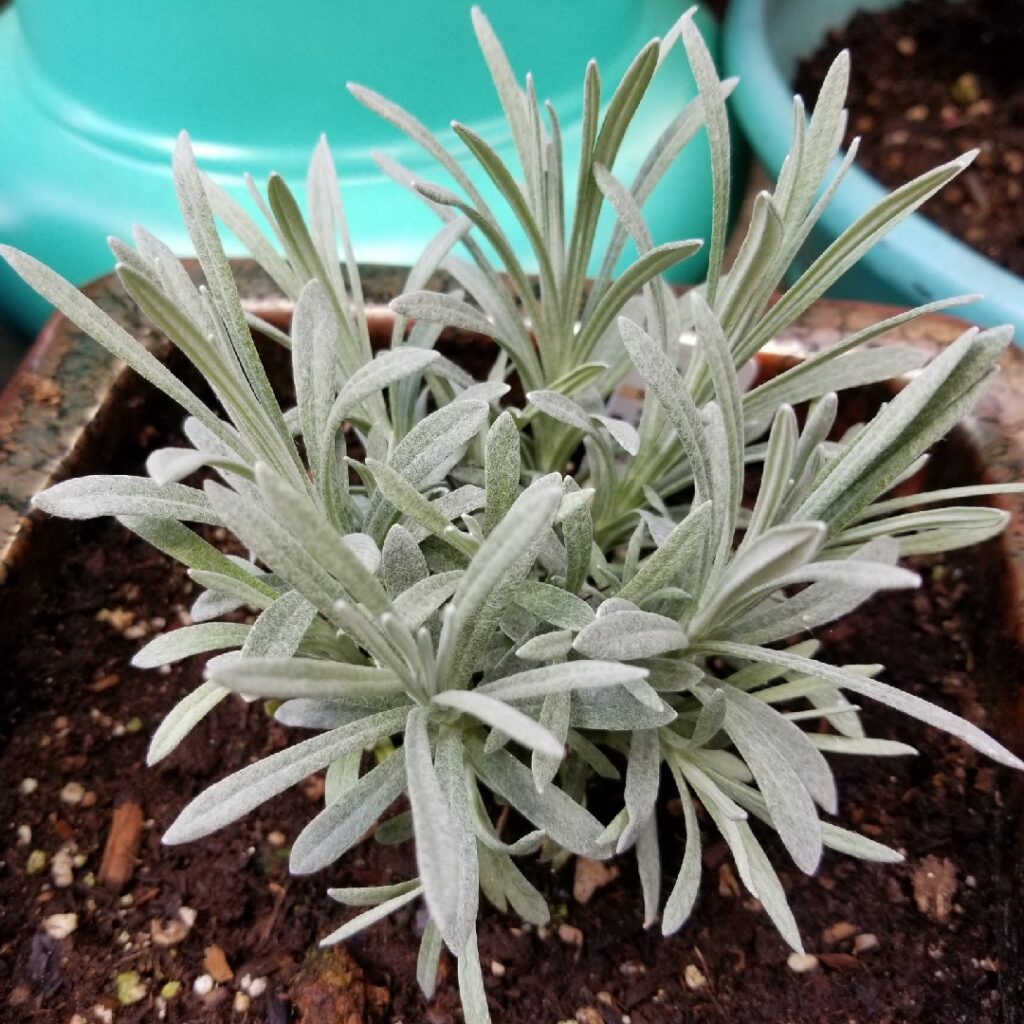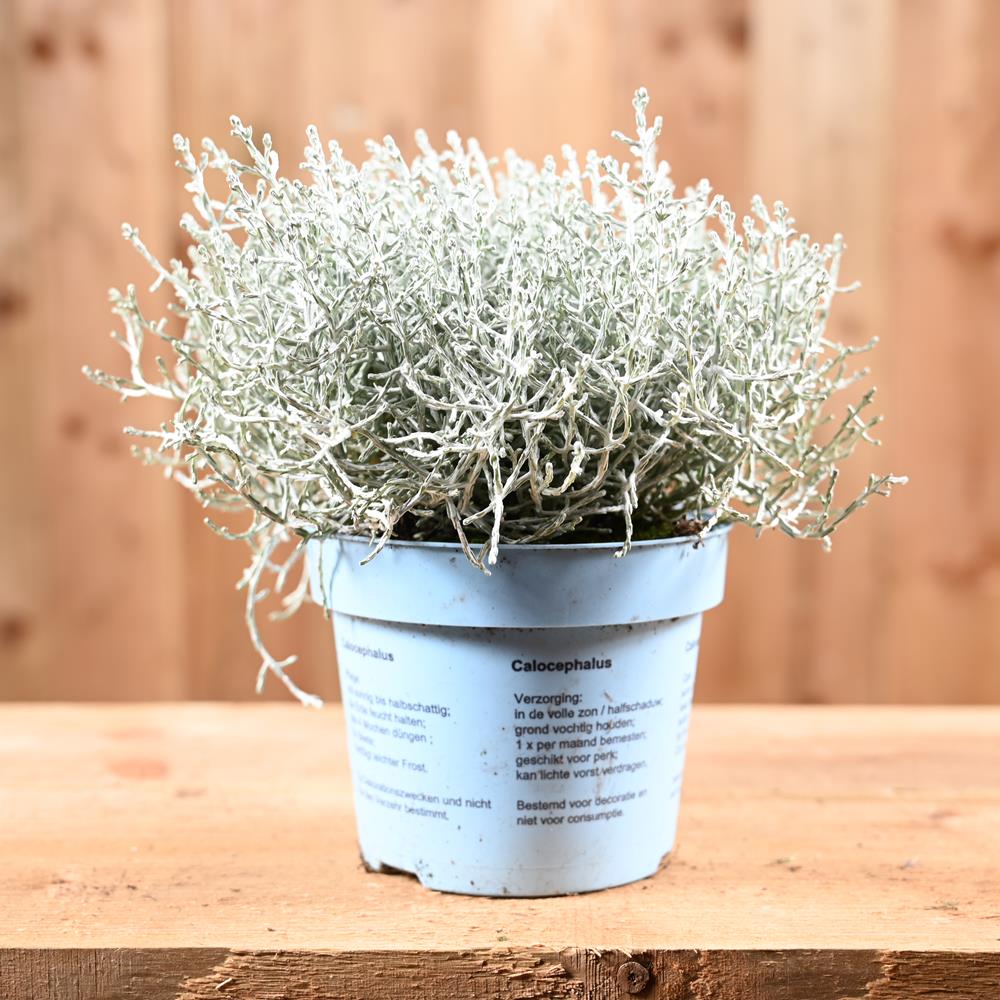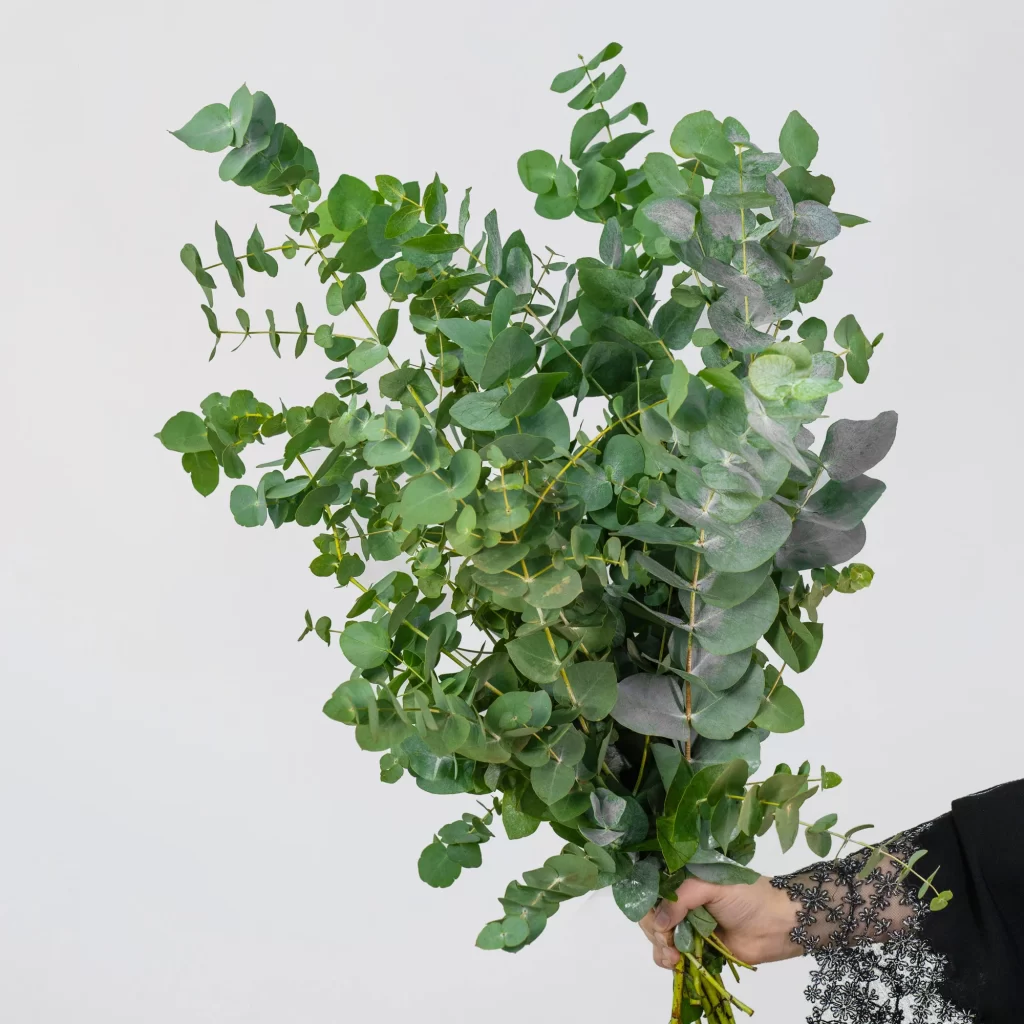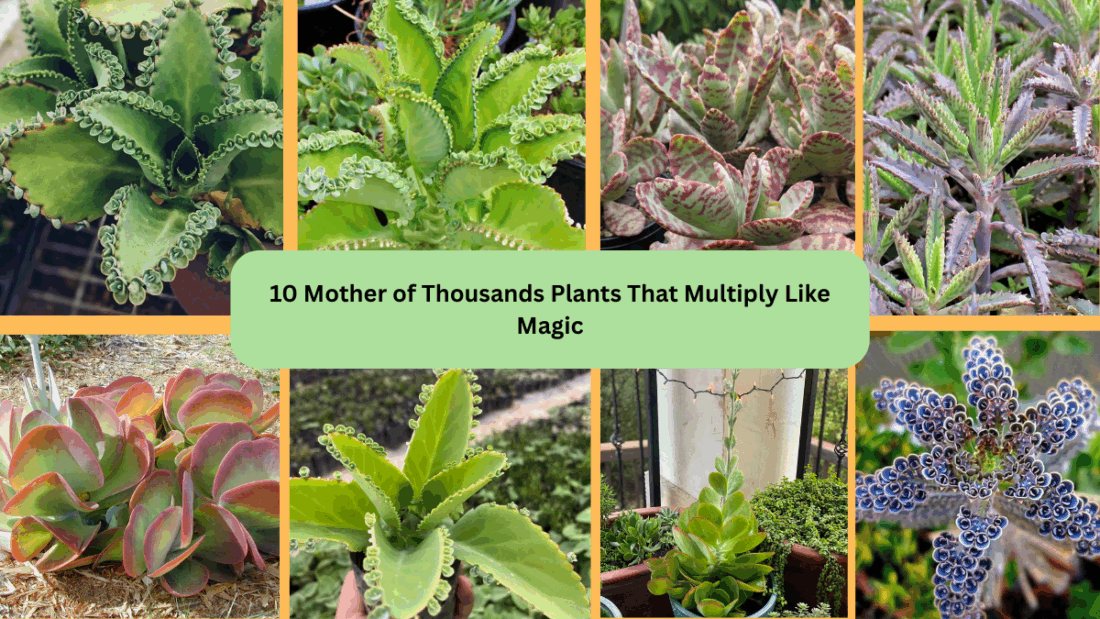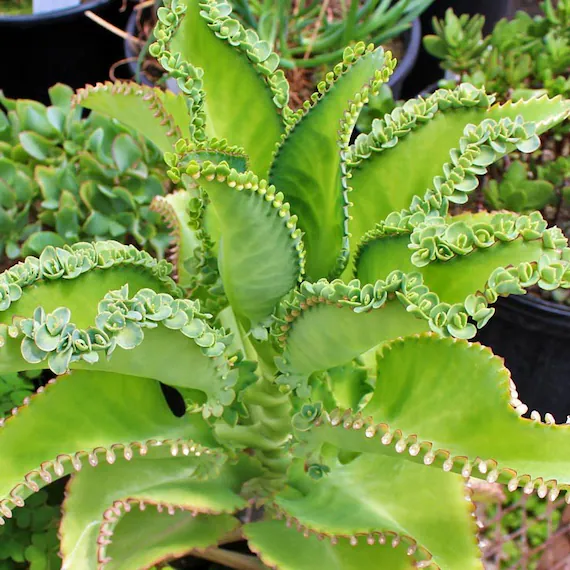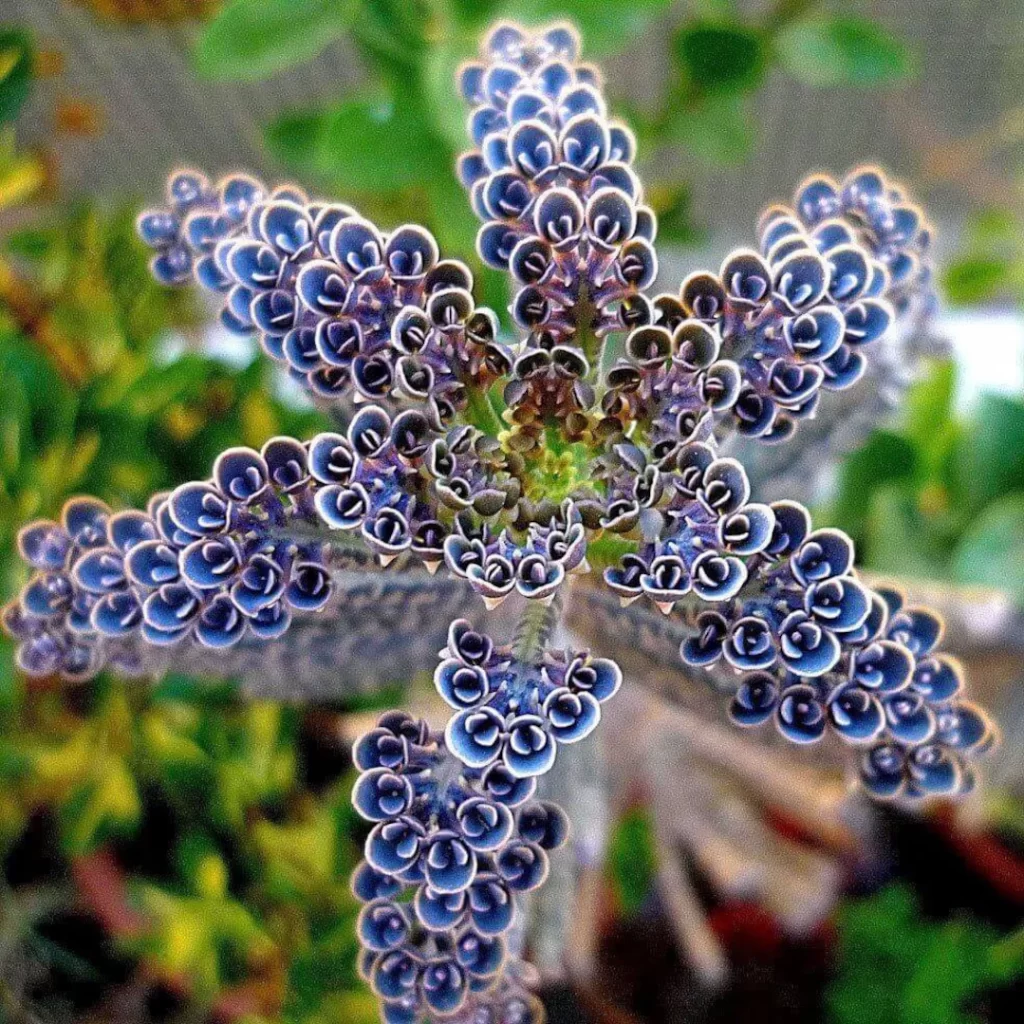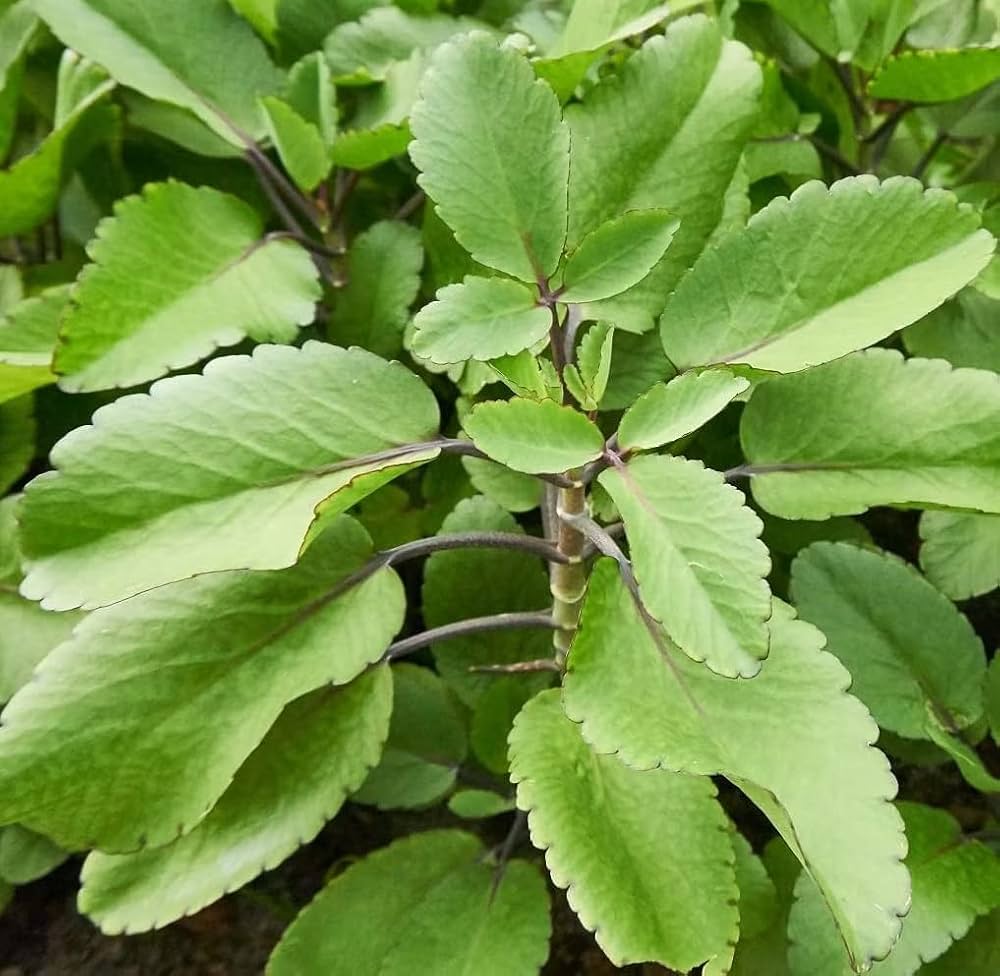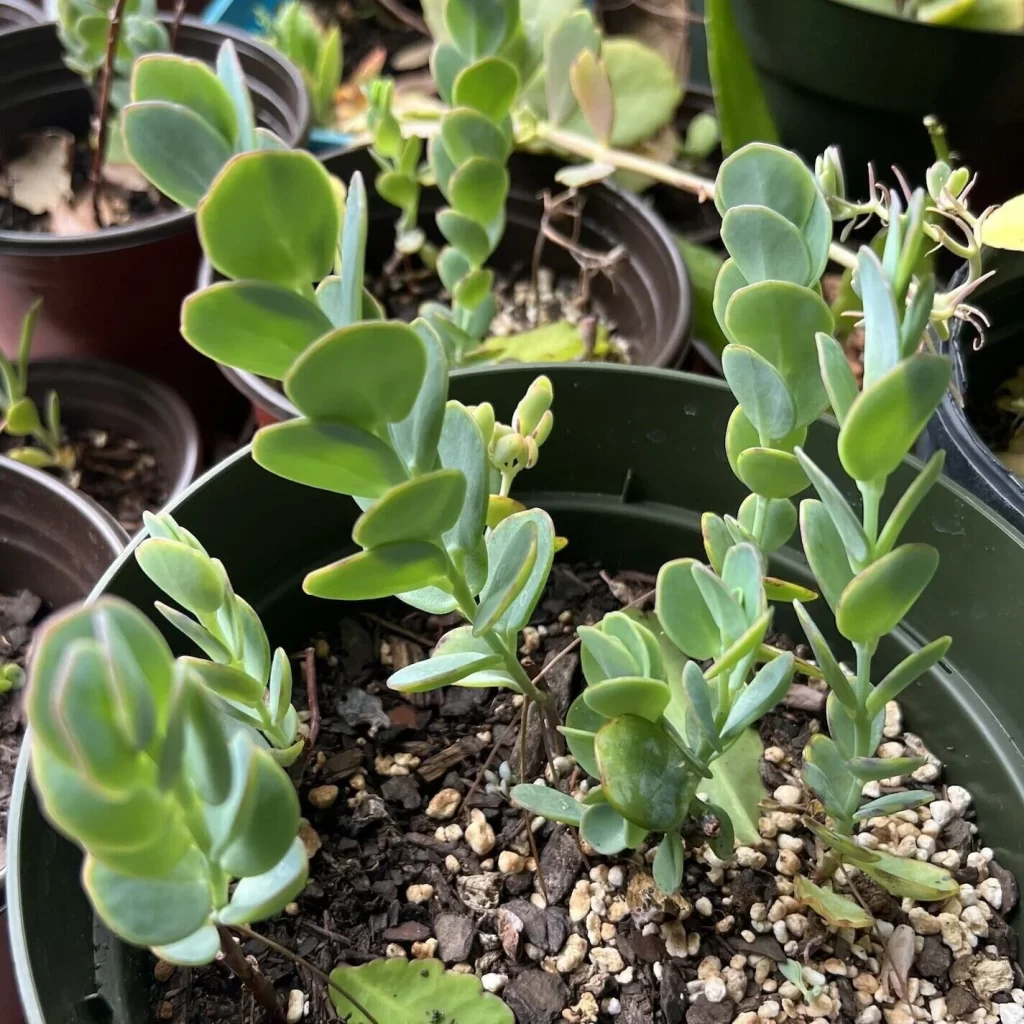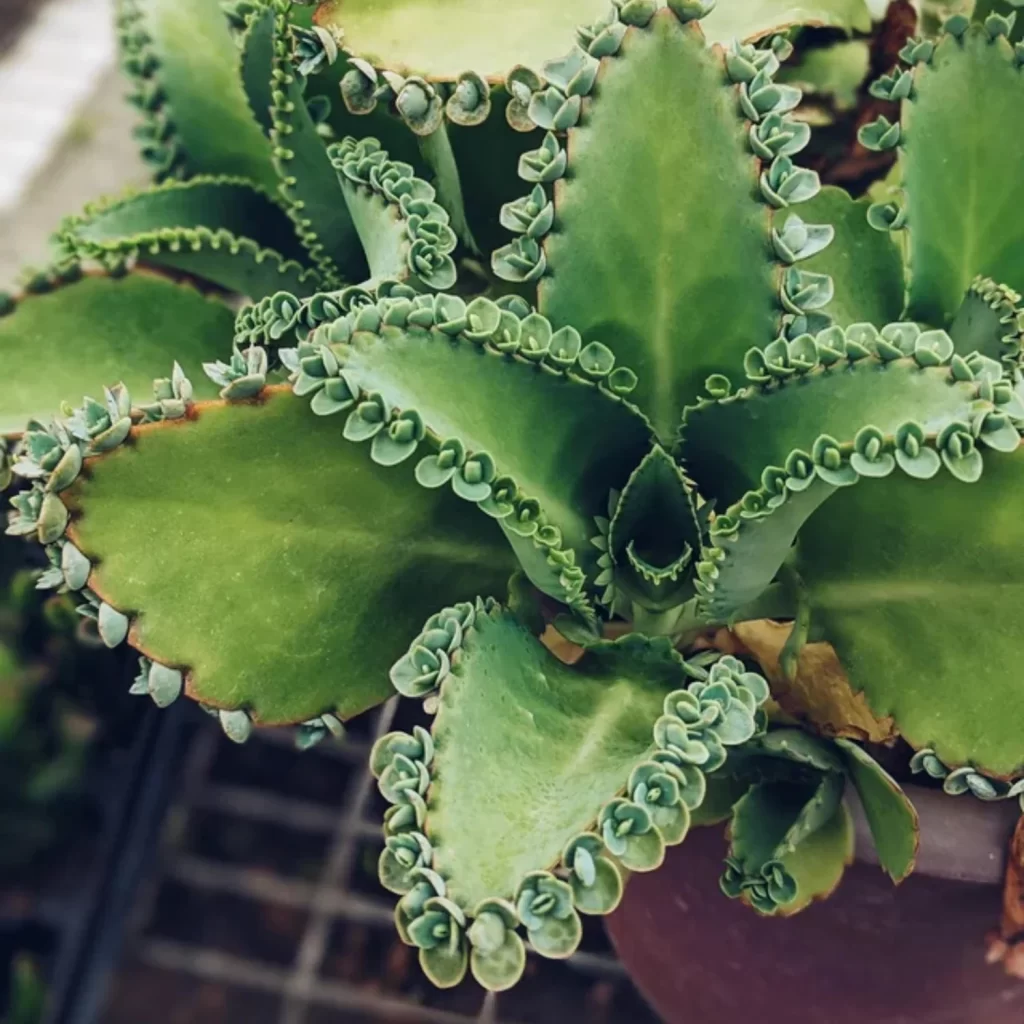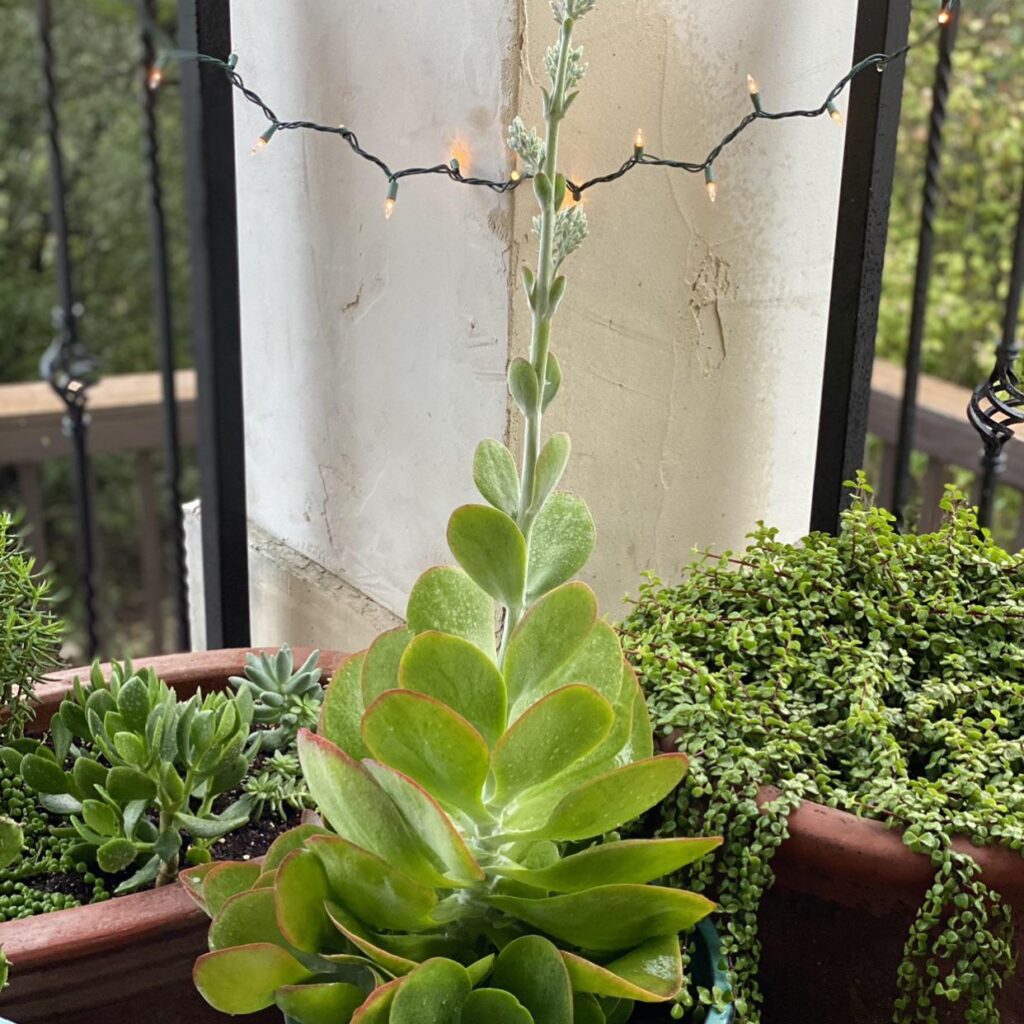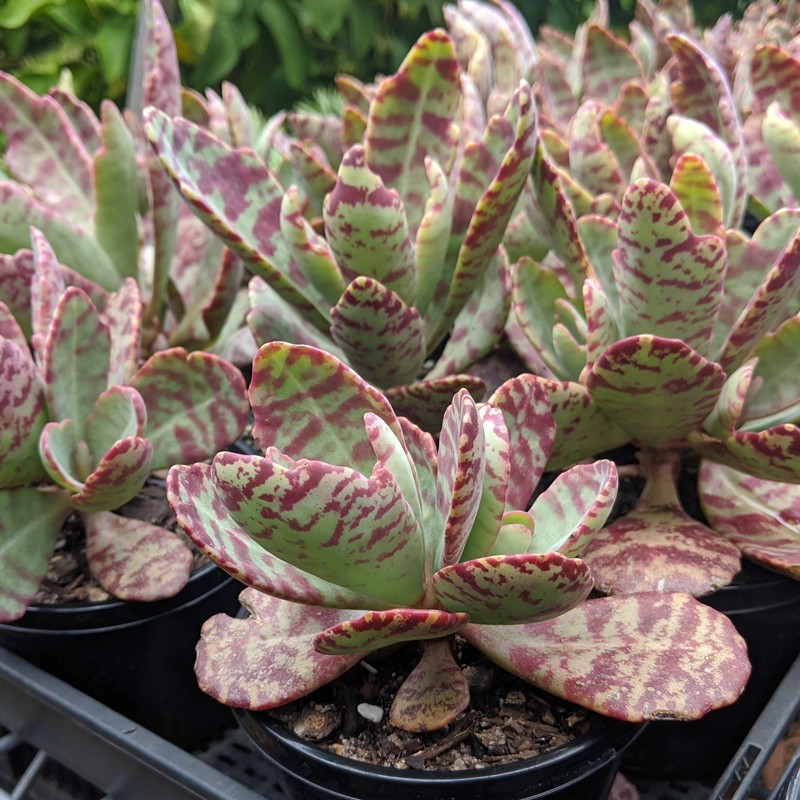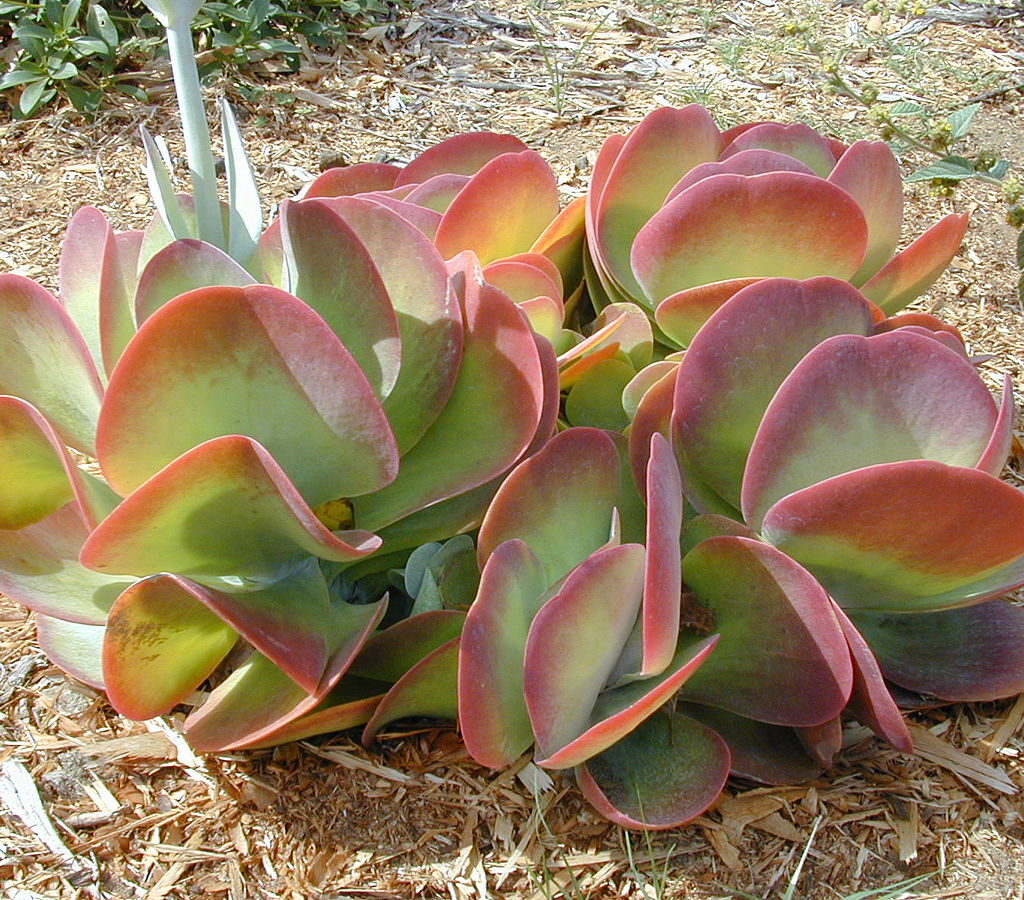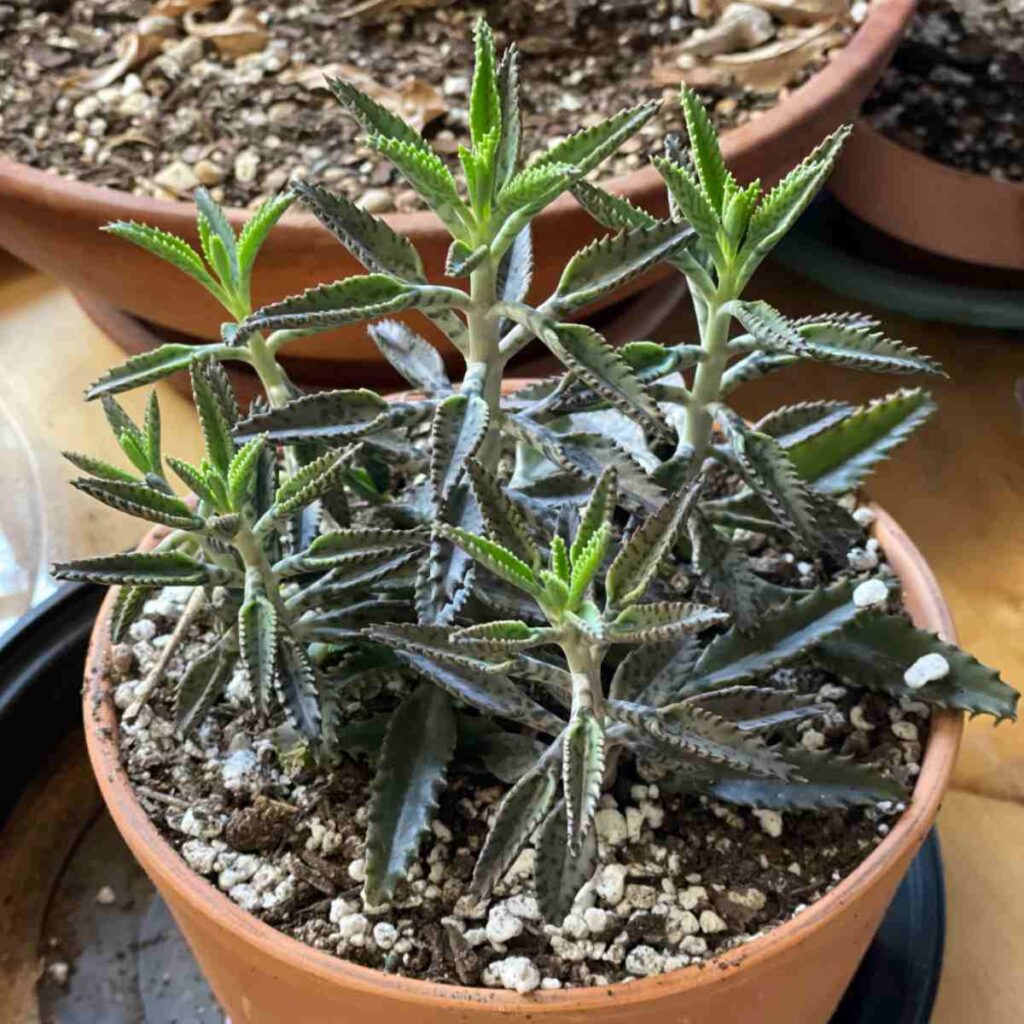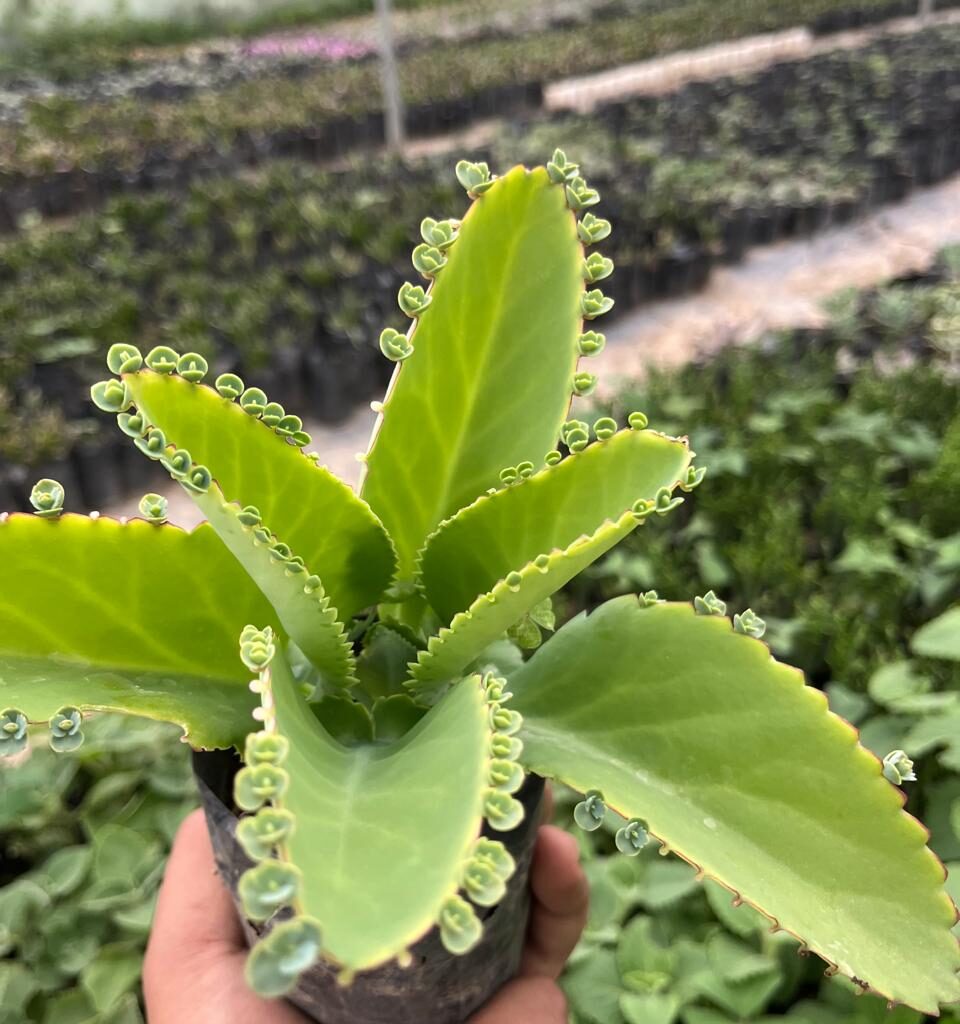When it comes to plants that captivate both the eyes and the senses, few can rival eucalyptus. Known for its refreshing, minty, and slightly sweet fragrance, eucalyptus is a favorite in both home gardens and landscapes. Not only do these plants release a calming, spa-like aroma, but they also offer striking silvery-blue foliage and attractive growth habits. From towering trees to compact shrubs, eucalyptus varieties bring beauty, fragrance, and even insect-repelling benefits to your outdoor space.
If you’re looking to add heavenly scents to your garden, here are 10 eucalyptus plants that smell incredible outdoors and elevate the ambiance of your home landscape.
1. Eucalyptus globulus (Blue Gum)
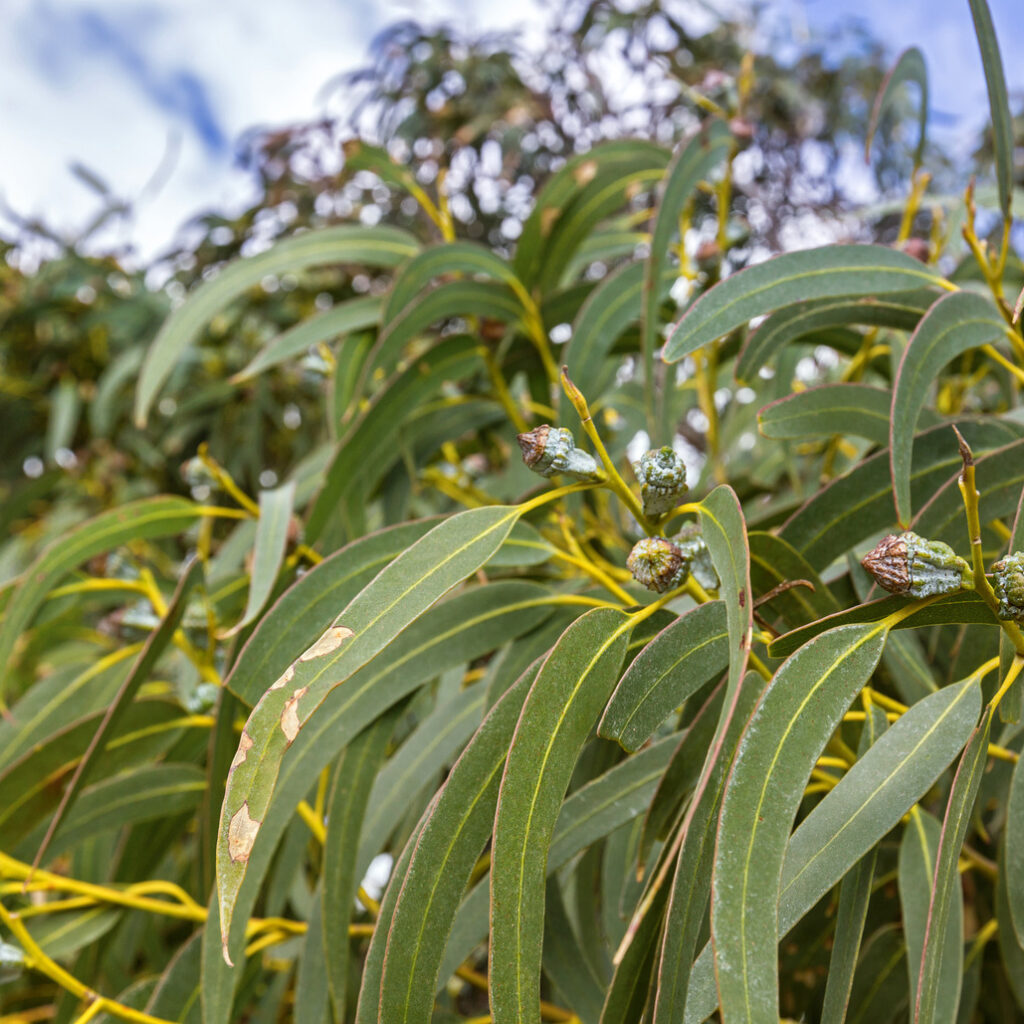
One of the most iconic eucalyptus species, Eucalyptus globulus is famous for its bold menthol aroma. Native to southeastern Australia, this fast-growing tree can reach impressive heights but can be maintained as a smaller ornamental with pruning. Its blue-green, lance-shaped leaves emit a strong, clean scent that’s instantly refreshing. Often used in essential oils and natural remedies, Blue Gum’s scent is known to clear sinuses and create a serene atmosphere in the garden. Perfect for larger landscapes or grown in large containers when young.
2. Eucalyptus citriodora (Lemon-Scented Gum)

If you love citrusy fragrances, Eucalyptus citriodora is a must-have. Its tall, slender form and bright green leaves release a potent lemony scent, especially after rainfall or when the leaves are brushed. Popular in both residential and public landscapes in warmer climates, this species is prized not only for its fragrance but also for its smooth, pale bark that peels attractively. The lemon scent also acts as a natural mosquito repellent, making it both a beautiful and practical choice for outdoor relaxation areas.
3. Eucalyptus nicholii (Narrow-Leaved Peppermint)
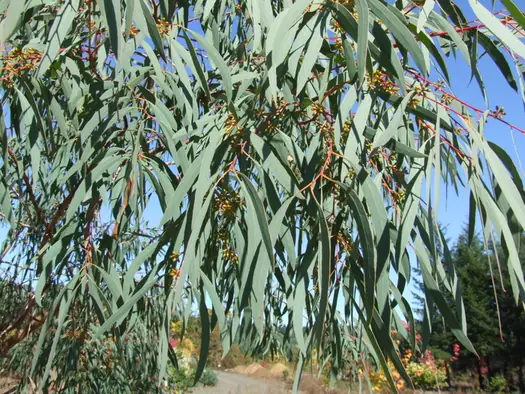
With its slender leaves and weeping habit, Eucalyptus nicholii is an attractive small tree or large shrub that fills the air with a delicate peppermint aroma. Its fine-textured foliage is a striking blue-green, and when crushed or swayed by the breeze, it releases a gentle, sweetly minty fragrance. This hardy species is drought-tolerant once established and thrives in full sun. Its pleasant scent, combined with its graceful appearance, makes it a fantastic ornamental feature for driveways, patios, or garden borders.
4. Eucalyptus radiata (Narrow-Leaved Peppermint Gum)
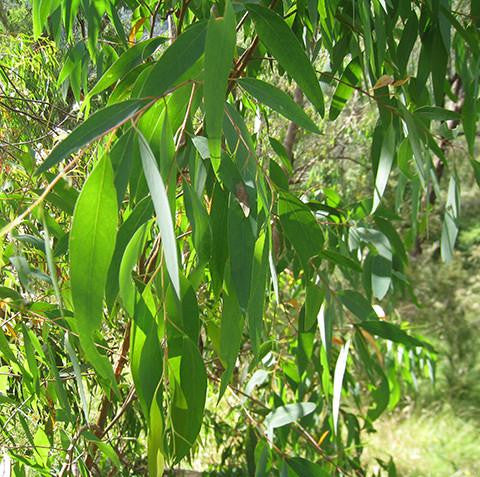
Known for its invigorating, crisp aroma, Eucalyptus radiata offers a subtler, softer scent than some of its relatives. The long, narrow leaves release a lovely menthol and peppermint fragrance when touched or crushed, making it a favorite for garden paths and seating areas where its scent can be enjoyed up close. This medium-sized tree is often used in aromatherapy and natural wellness products, thanks to its therapeutic oil. Its fast growth and resilience make it a versatile, low-maintenance addition to temperate gardens.
5. Eucalyptus gunnii (Cider Gum)
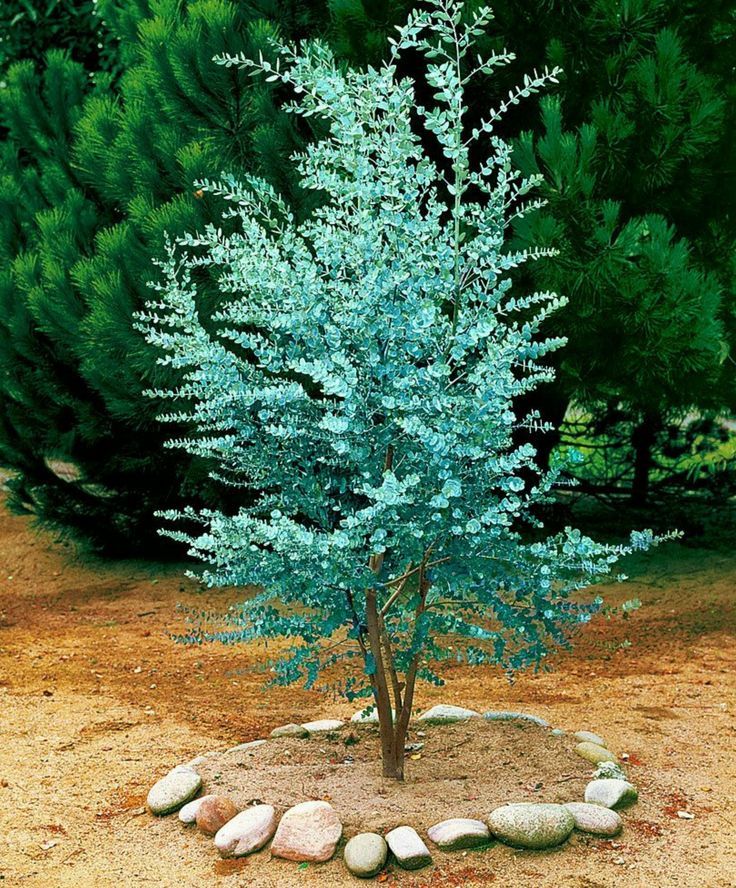
A charming and highly fragrant eucalyptus, Eucalyptus gunnii is beloved for its rounded juvenile leaves that shift to a more elongated shape as it matures. Its foliage releases a fresh, slightly sweet scent reminiscent of menthol and honey, especially noticeable during the evening hours. This cold-hardy species tolerates light frost and grows well in both large containers and open landscapes. Its beautiful silvery-blue leaves also make it a favorite for floral arrangements and garden décor, combining beauty with captivating fragrance.
6. Eucalyptus polyanthemos (Silver Dollar Gum)
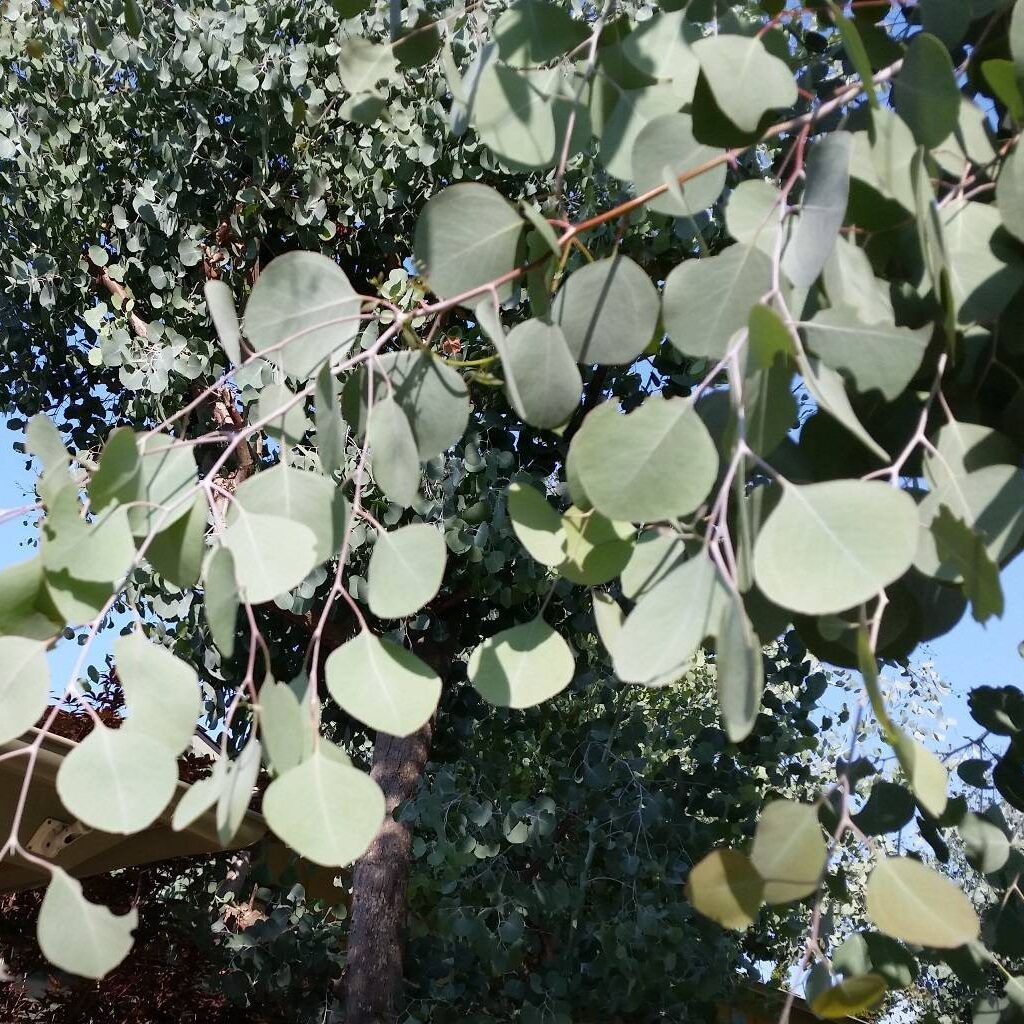
The distinctive round, silvery-blue leaves of Eucalyptus polyanthemos are as visually striking as they are aromatic. Often called Silver Dollar Gum, this eucalyptus variety emits a light, clean, and subtly minty fragrance that freshens the surrounding air. It’s a popular pick for modern gardens and Mediterranean-style landscapes, offering both form and function. This species grows to a manageable size for suburban gardens and is excellent for cut foliage in vases, where its scent continues to perfume indoor spaces as well.
7. Eucalyptus camaldulensis (River Red Gum)
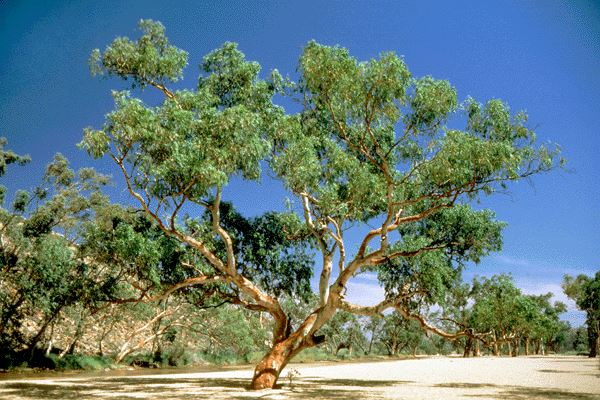
A majestic species native to Australia, Eucalyptus camaldulensis thrives along riverbanks and wetlands but adapts well to home gardens with ample space. Its long, narrow leaves give off a bold, camphoraceous eucalyptus scent that’s invigorating and cleansing. The tree’s attractive peeling bark reveals streaks of cream, gray, and brown, adding year-round visual interest. The heady fragrance, especially after rain, makes it a wonderful specimen for large properties and countryside retreats where its shade and scent can be fully appreciated.
8. Eucalyptus pulverulenta (Baby Blue)
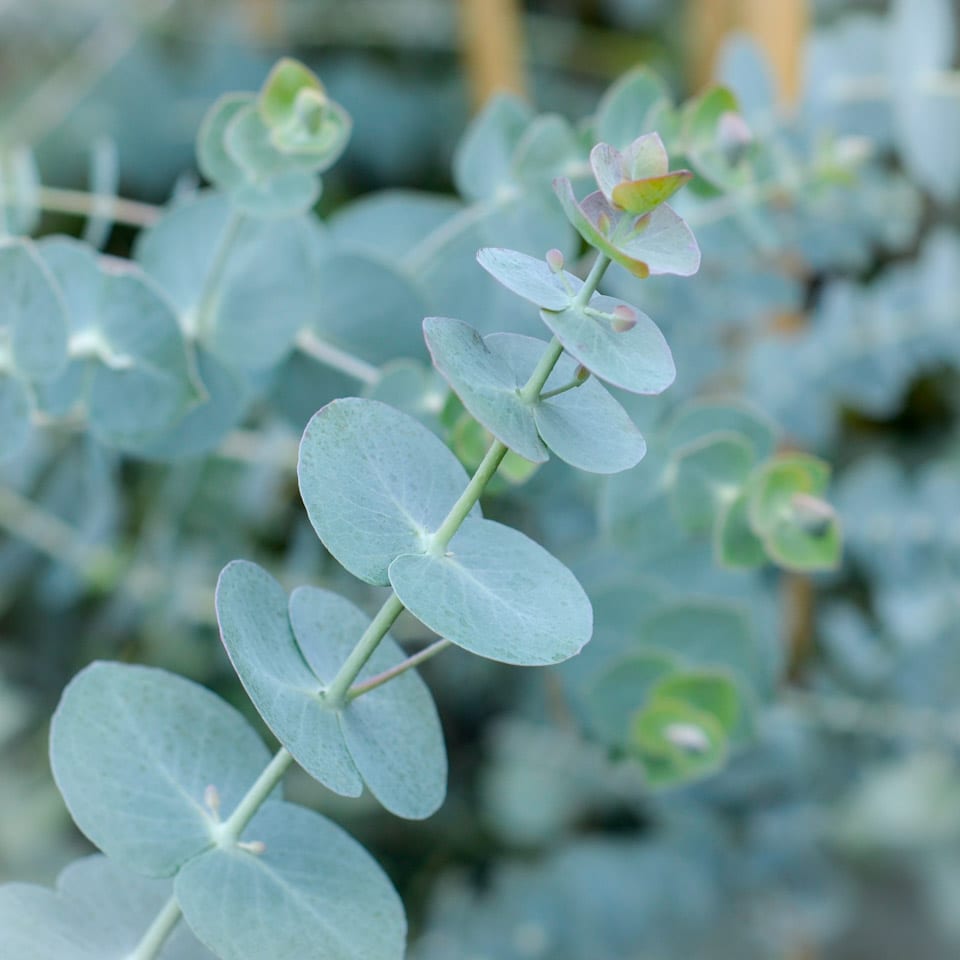
Compact and highly decorative, Eucalyptus pulverulenta is best known for its rounded, silvery-blue leaves arranged along slender stems. It’s widely used in floral arrangements but also makes an excellent garden plant where its soft, cool-toned foliage contrasts beautifully with flowering plants. Its leaves emit a sweet, clean, menthol aroma, particularly noticeable when warmed by the sun. Ideal for smaller gardens or grown in large pots, Baby Blue is both ornamental and wonderfully fragrant, offering that unmistakable eucalyptus scent in a more manageable size.
9. Eucalyptus macrocarpa (Mottlecah)
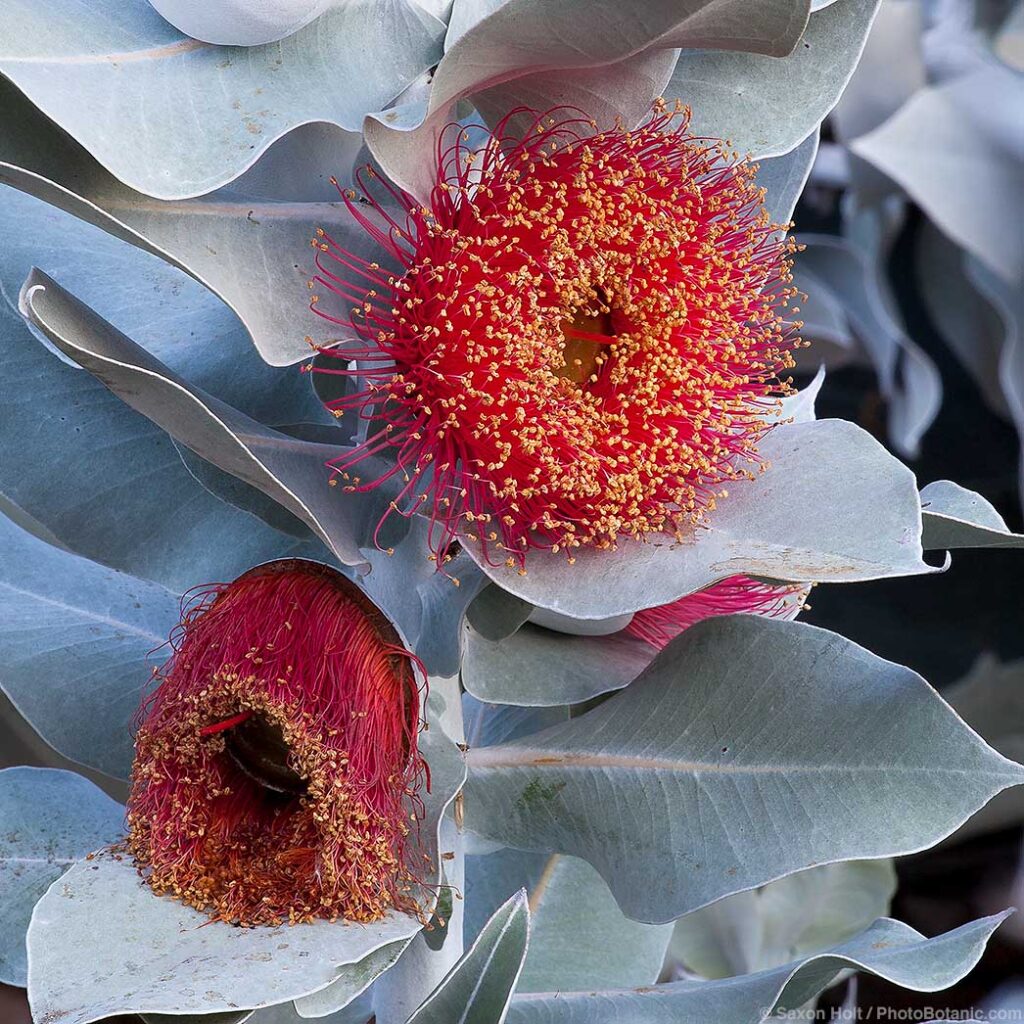
For gardeners seeking something unique and boldly fragrant, Eucalyptus macrocarpa is an excellent choice. This small, shrubby tree produces enormous crimson flowers and large, waxy, blue-gray leaves with a potent, aromatic scent. The fragrance is intense, combining eucalyptus’s signature menthol freshness with a slightly earthy undertone. Native to Western Australia, it thrives in dry, sandy soils and adds a dramatic, scented focal point to drought-tolerant or Mediterranean gardens. Its striking foliage and unforgettable fragrance make it a conversation-starting plant.
10. Eucalyptus leucoxylon (Yellow Gum)
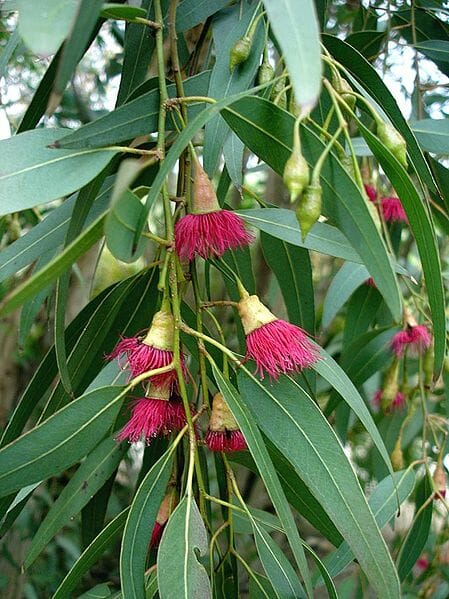
A highly versatile species, Eucalyptus leucoxylon is valued for its clusters of pink, cream, or red flowers and its light, clean scent that gently perfumes the air. Its aromatic, slender leaves release a refreshing eucalyptus fragrance, particularly noticeable in the warmth of summer evenings. The tree’s graceful form and colorful blooms attract nectar-feeding birds and pollinators, making it both a sensory and ecological asset in the garden. It’s perfect for mixed native plantings or as a lightly shaded canopy in informal outdoor spaces.

